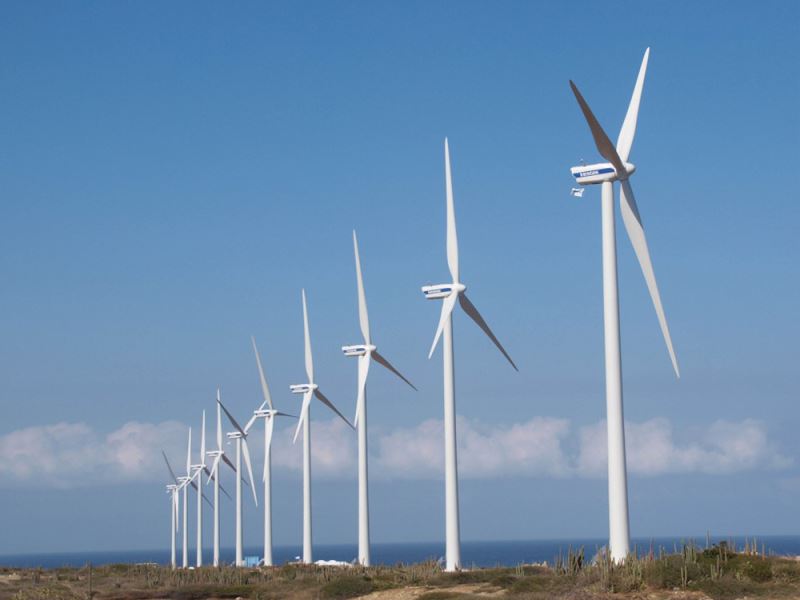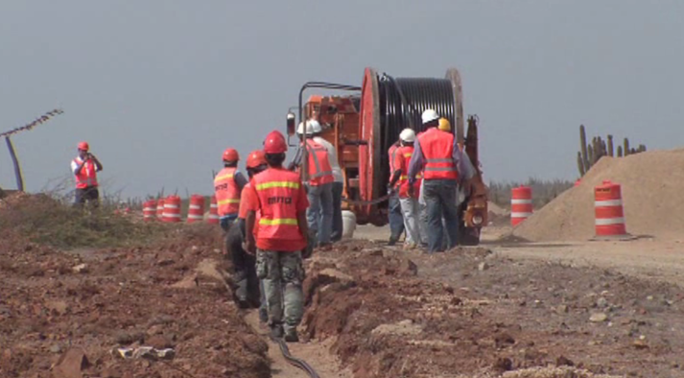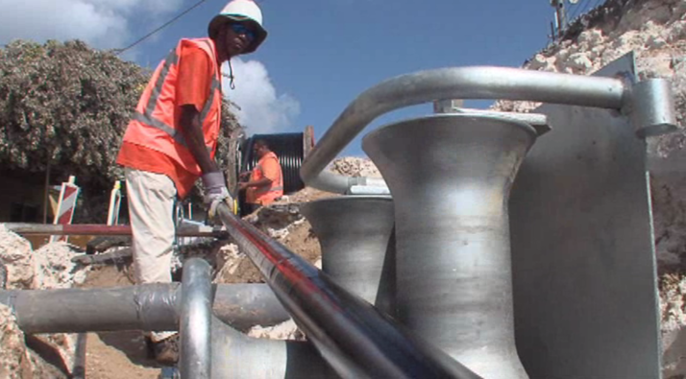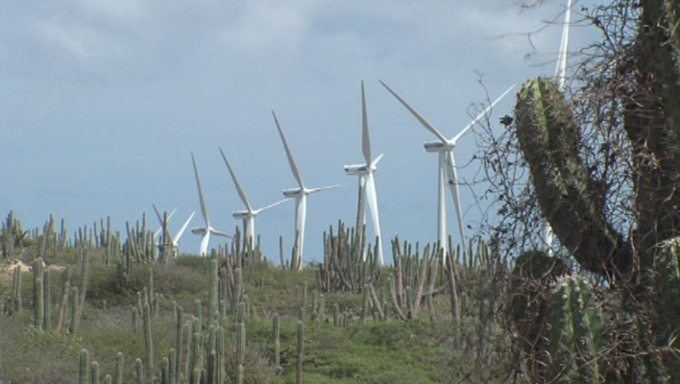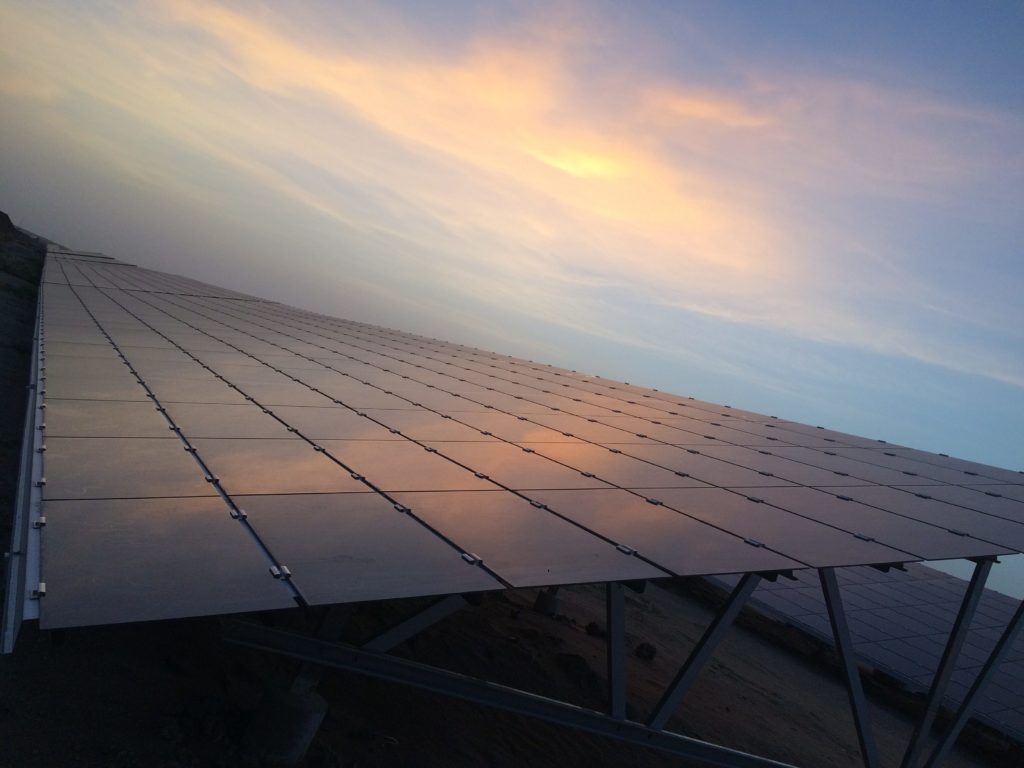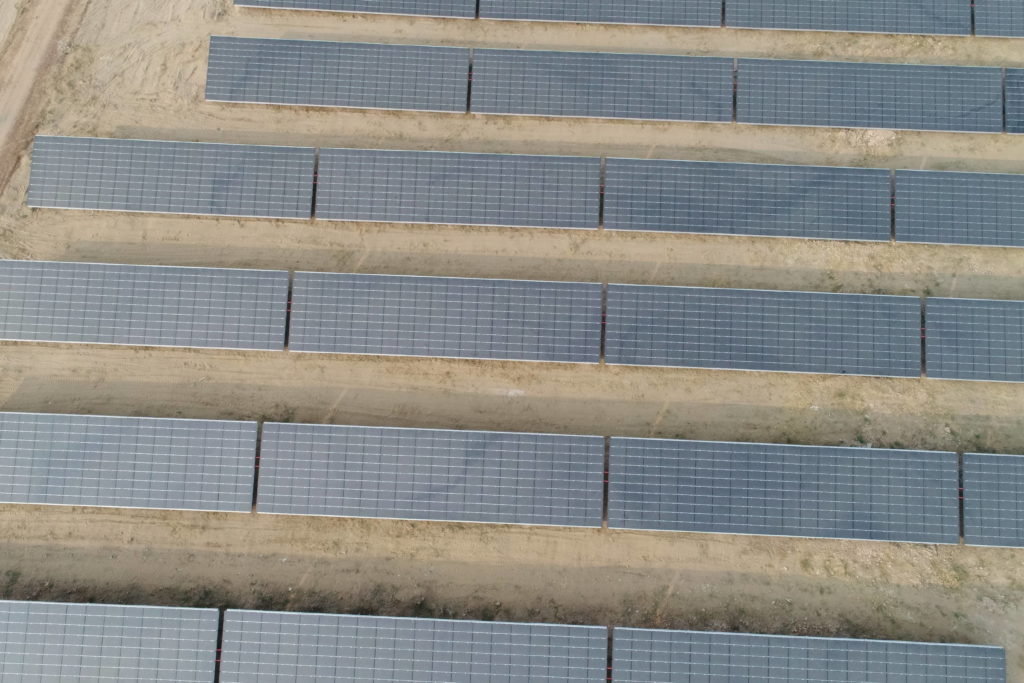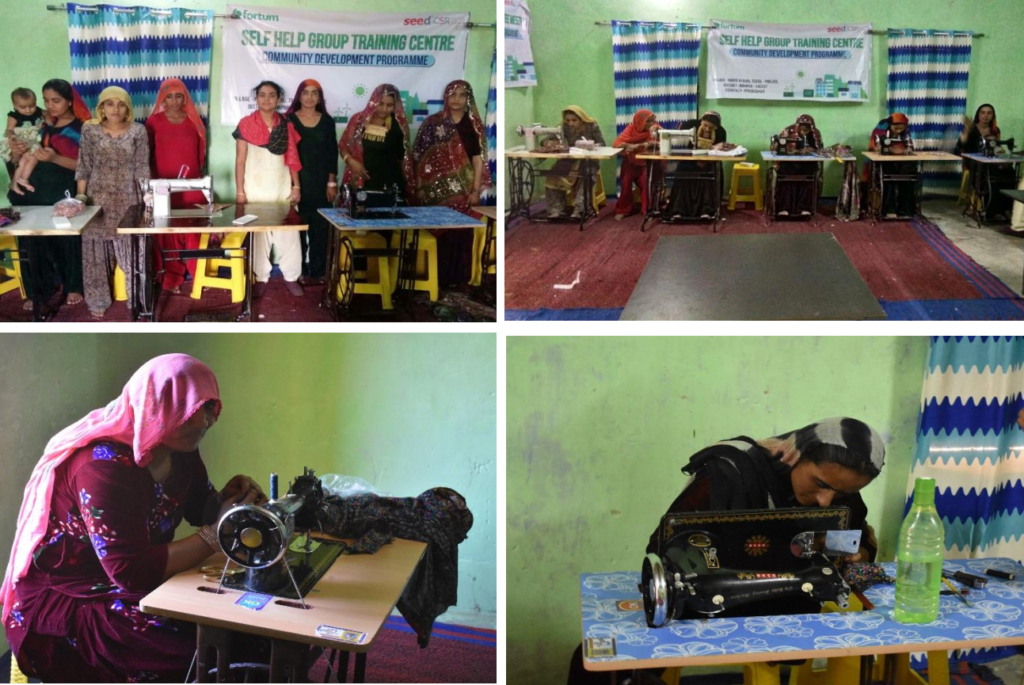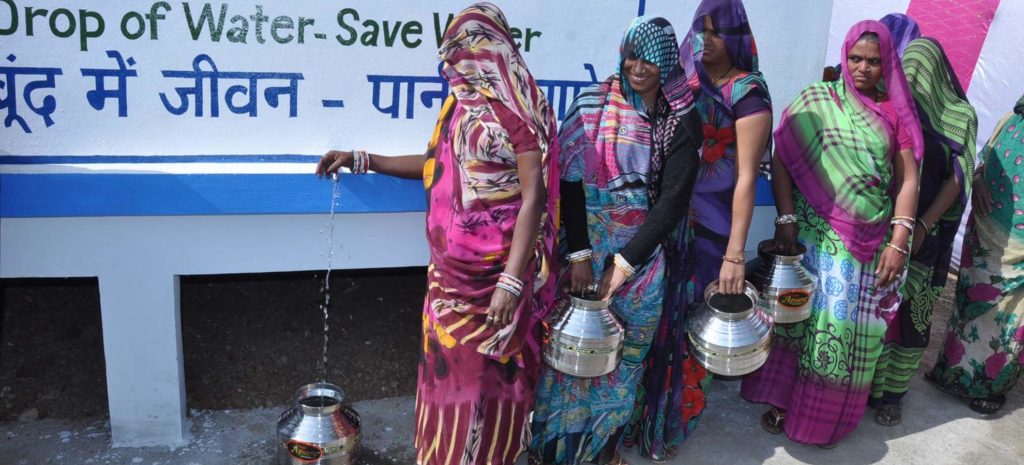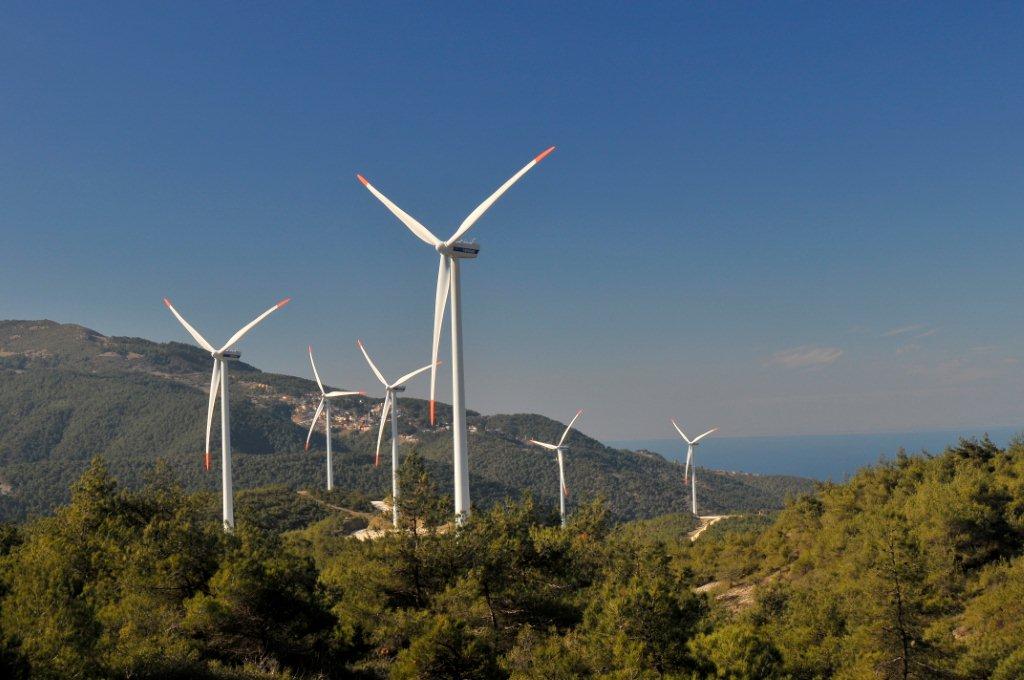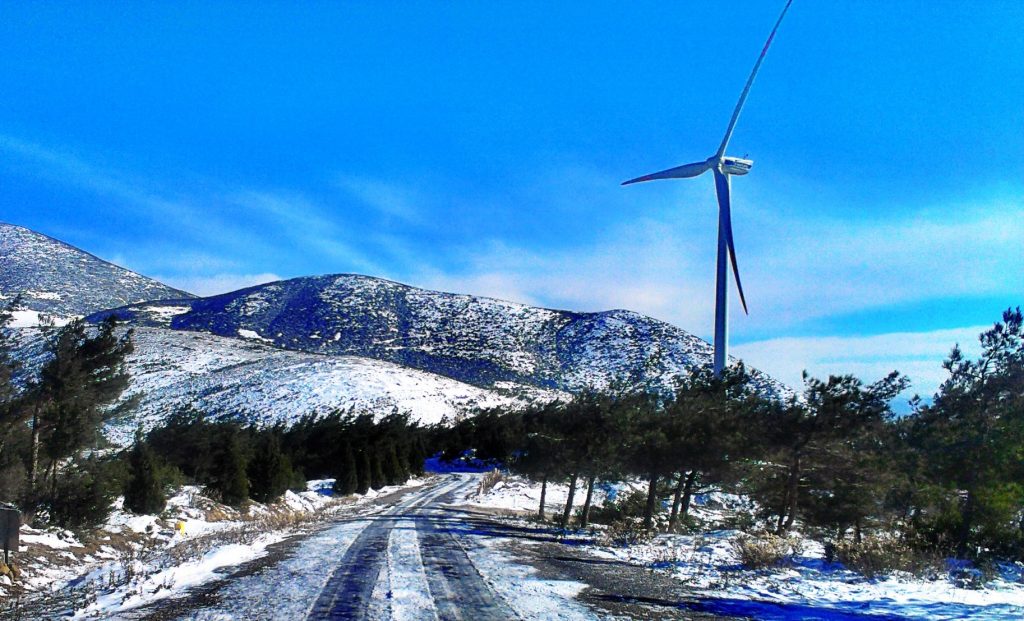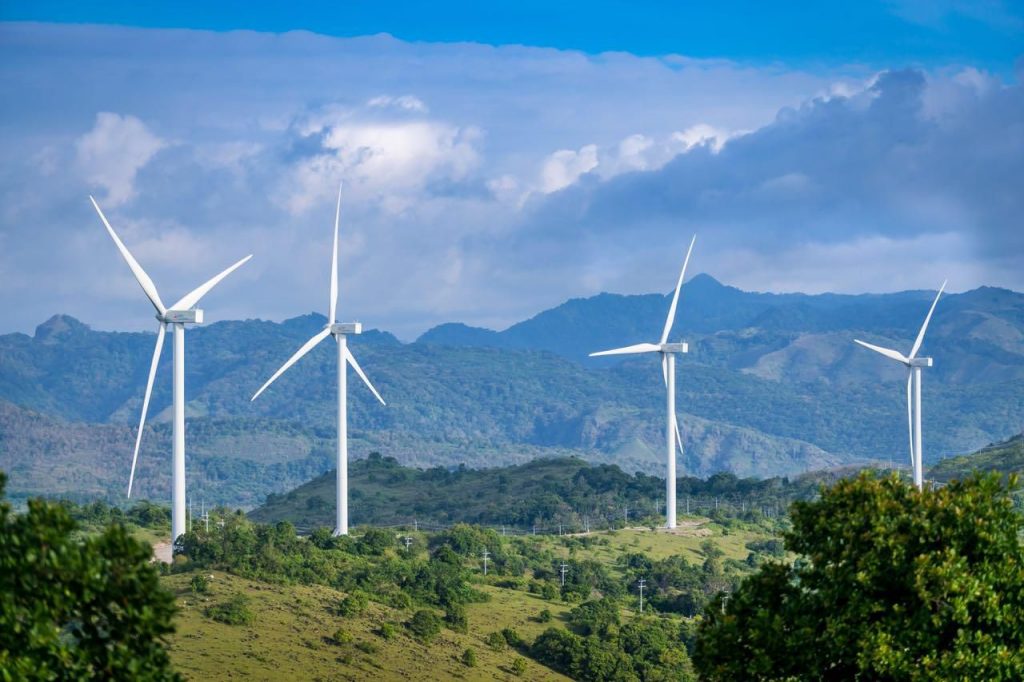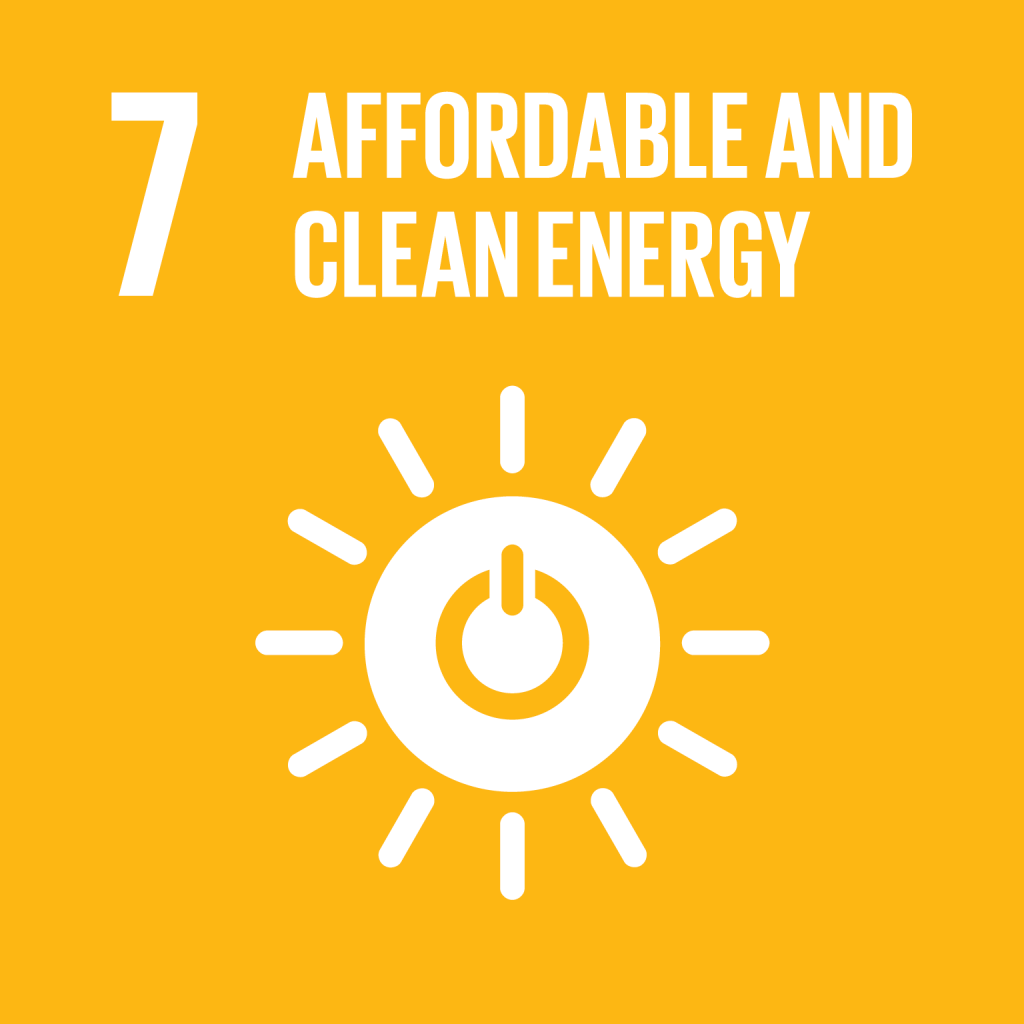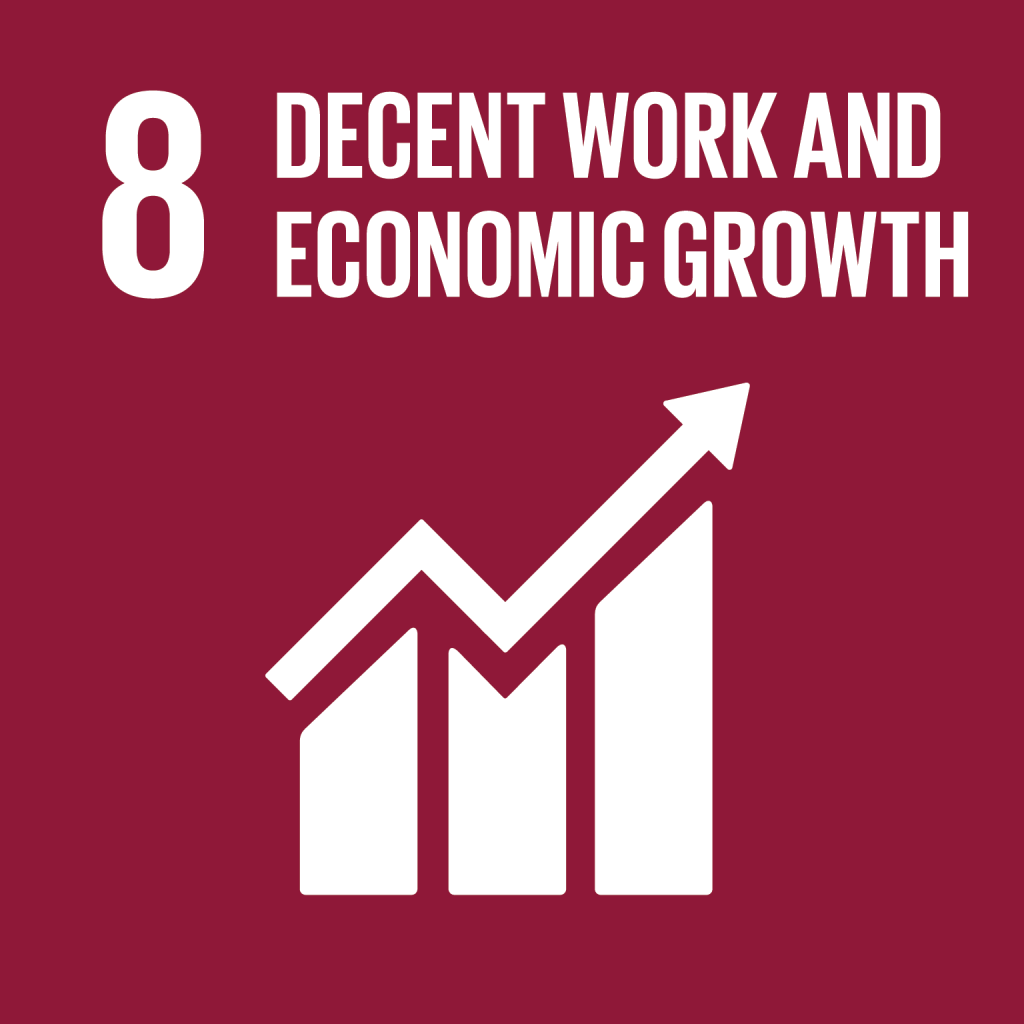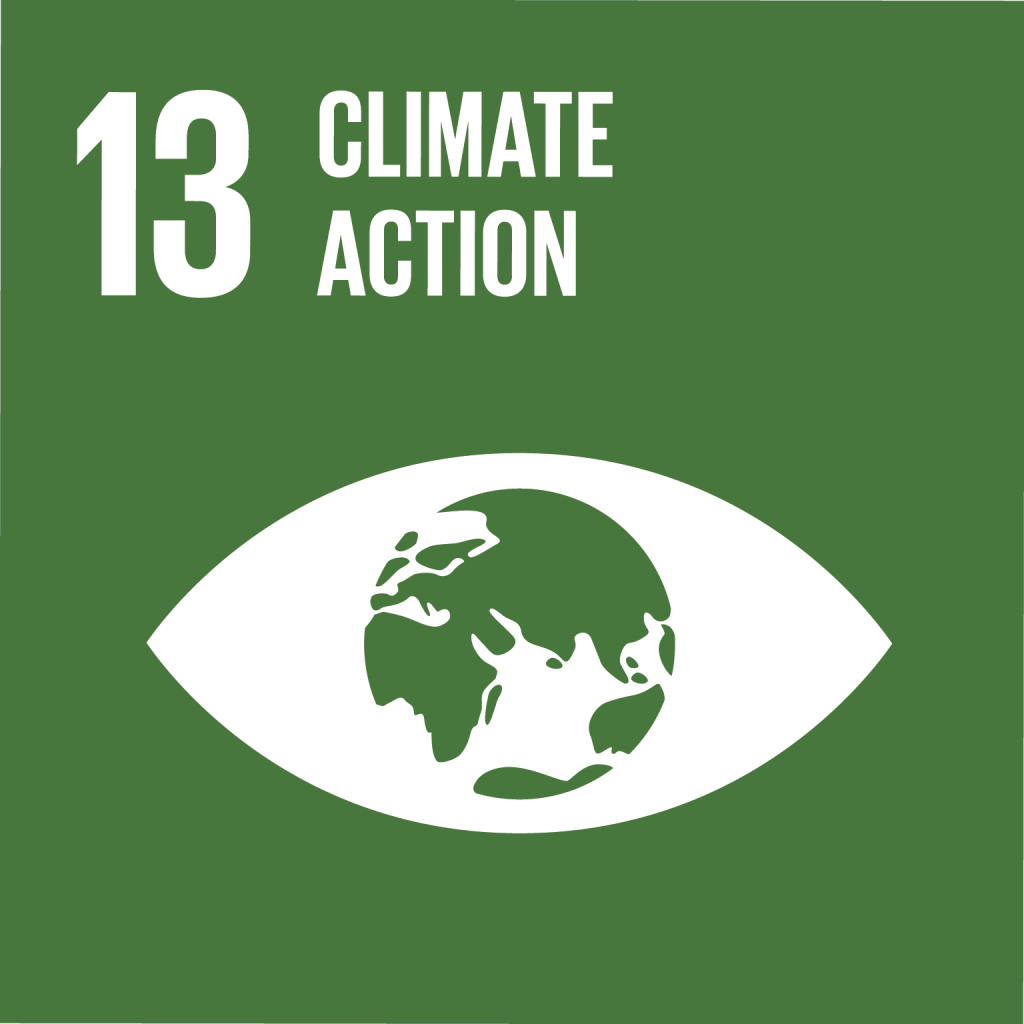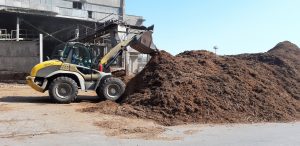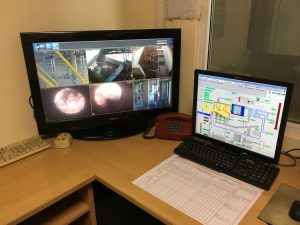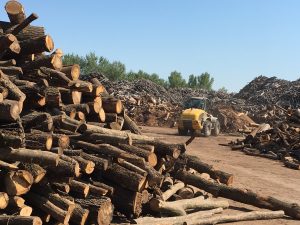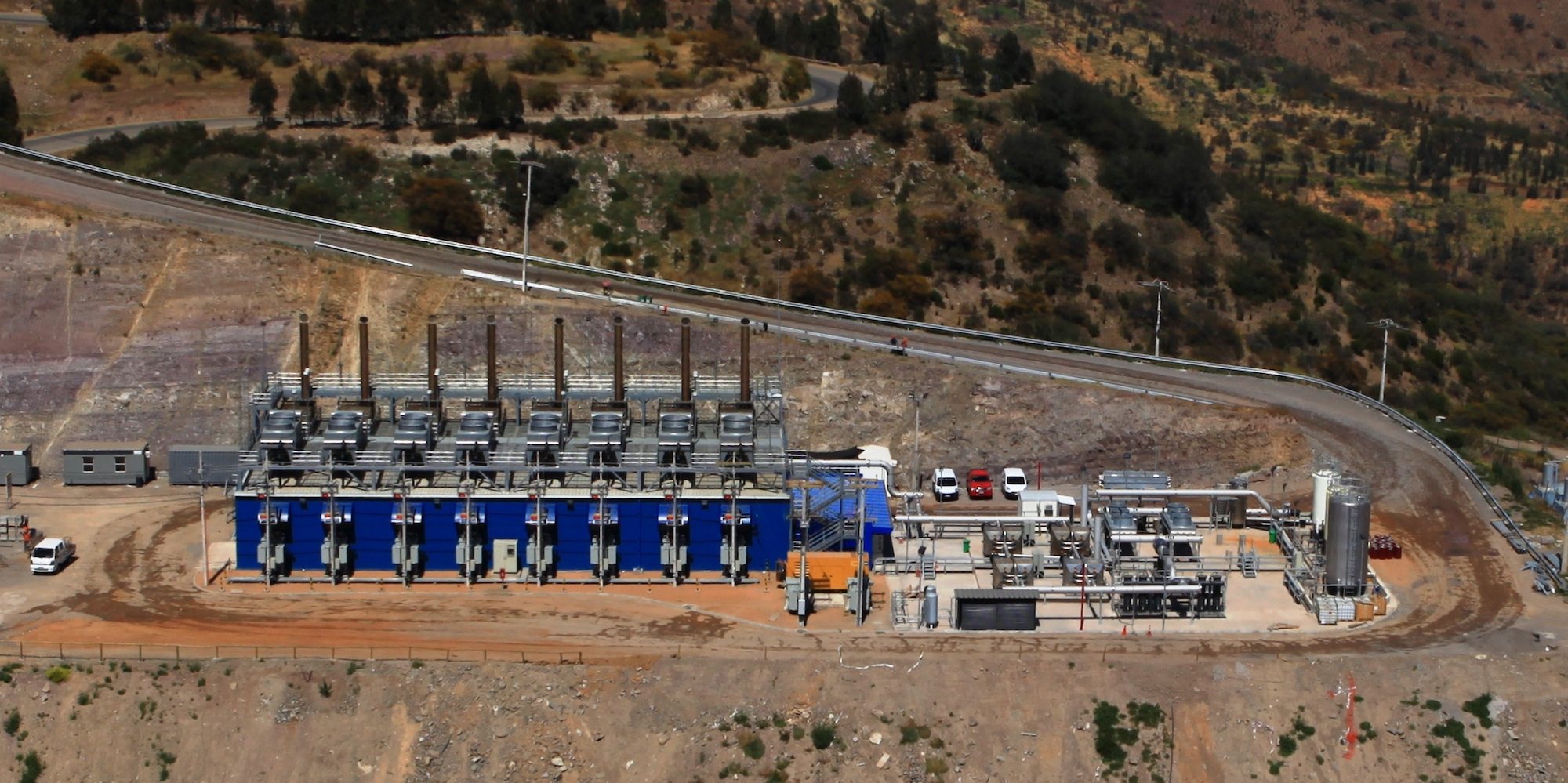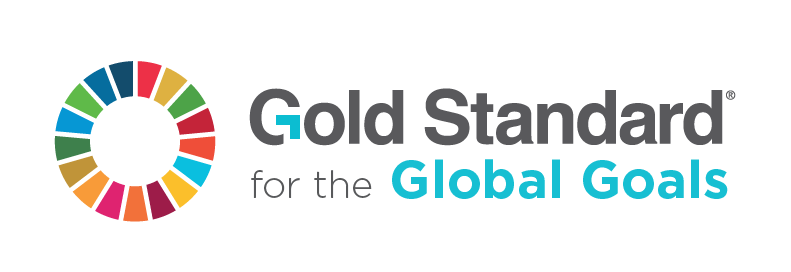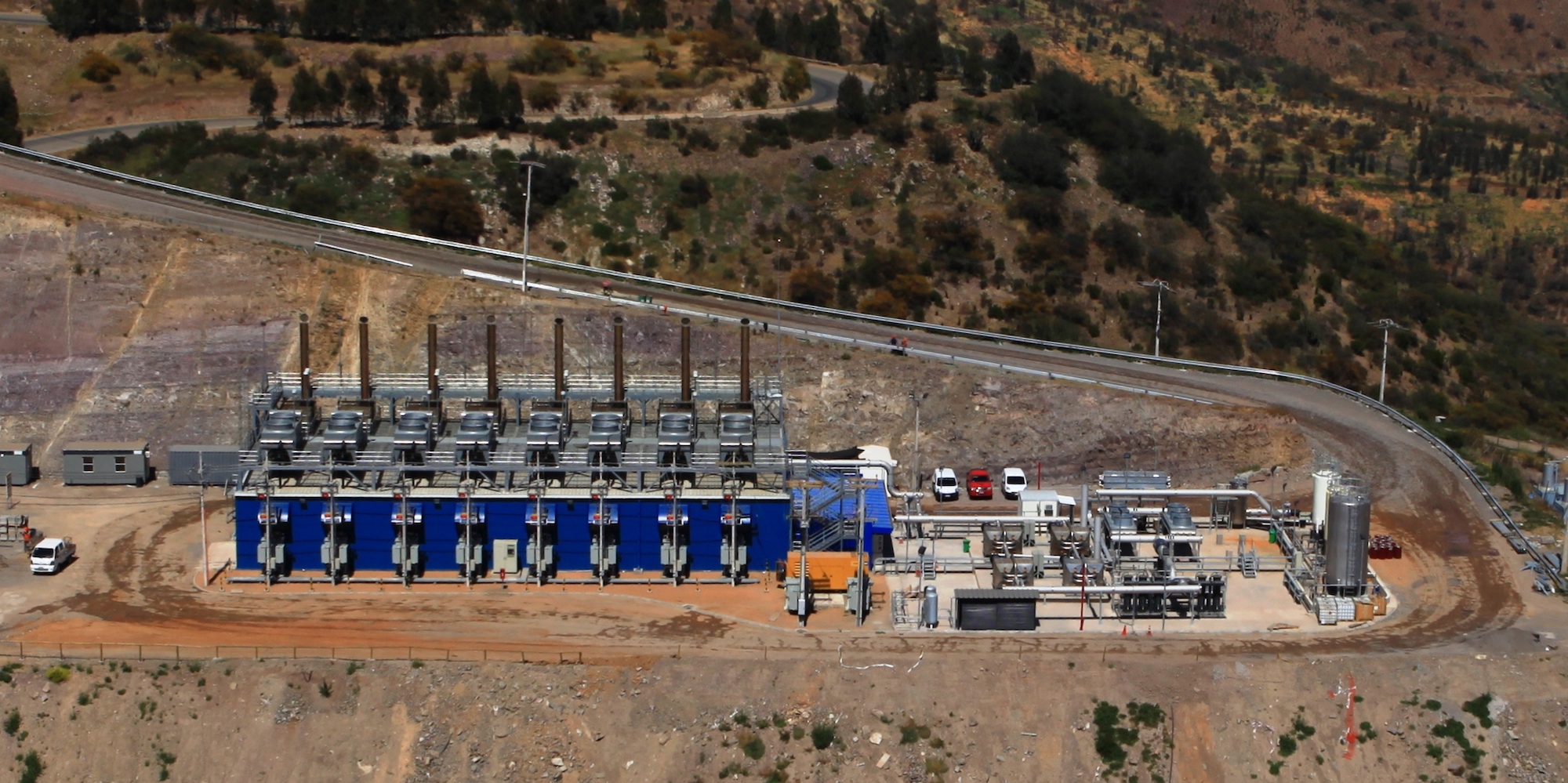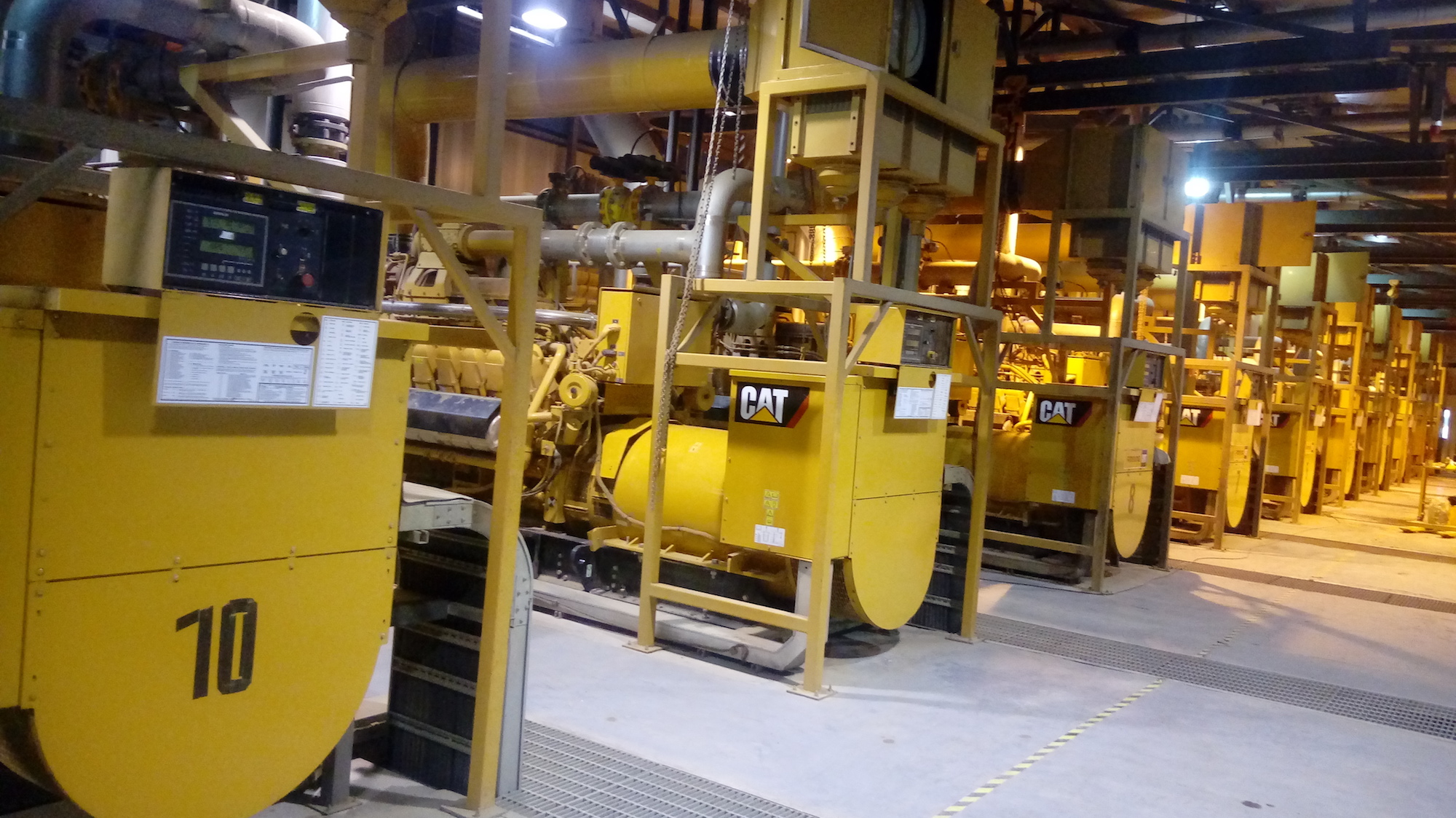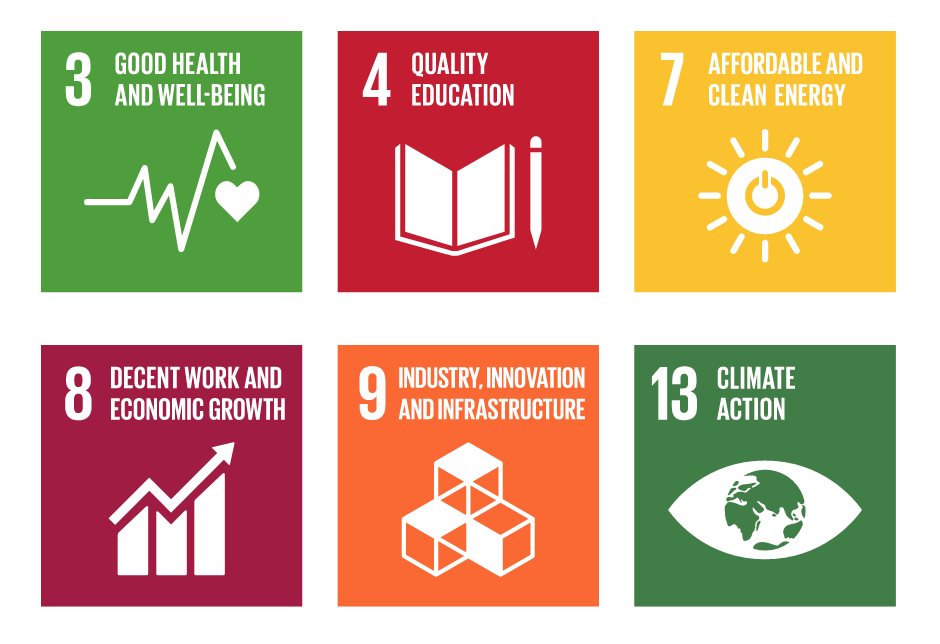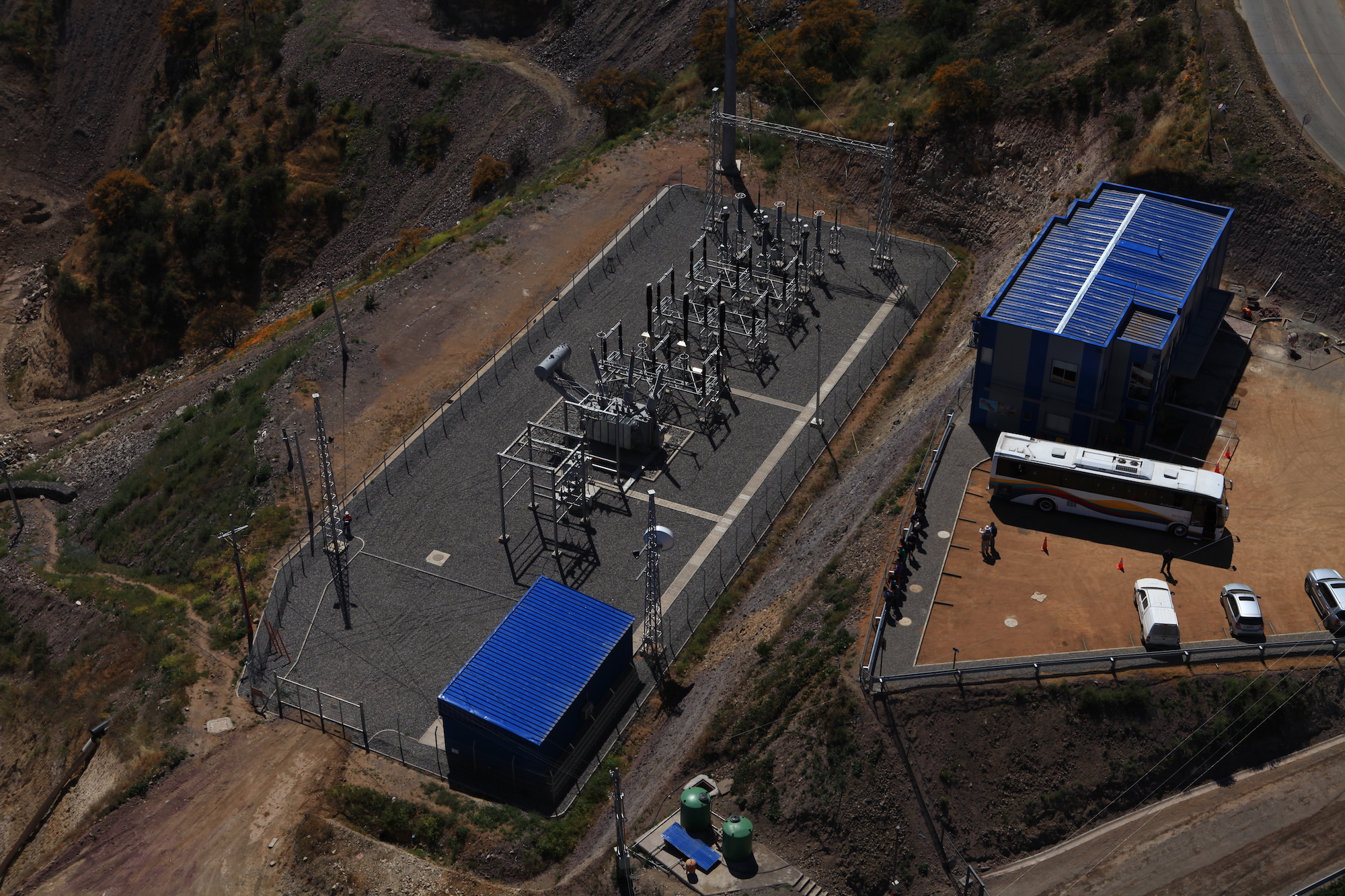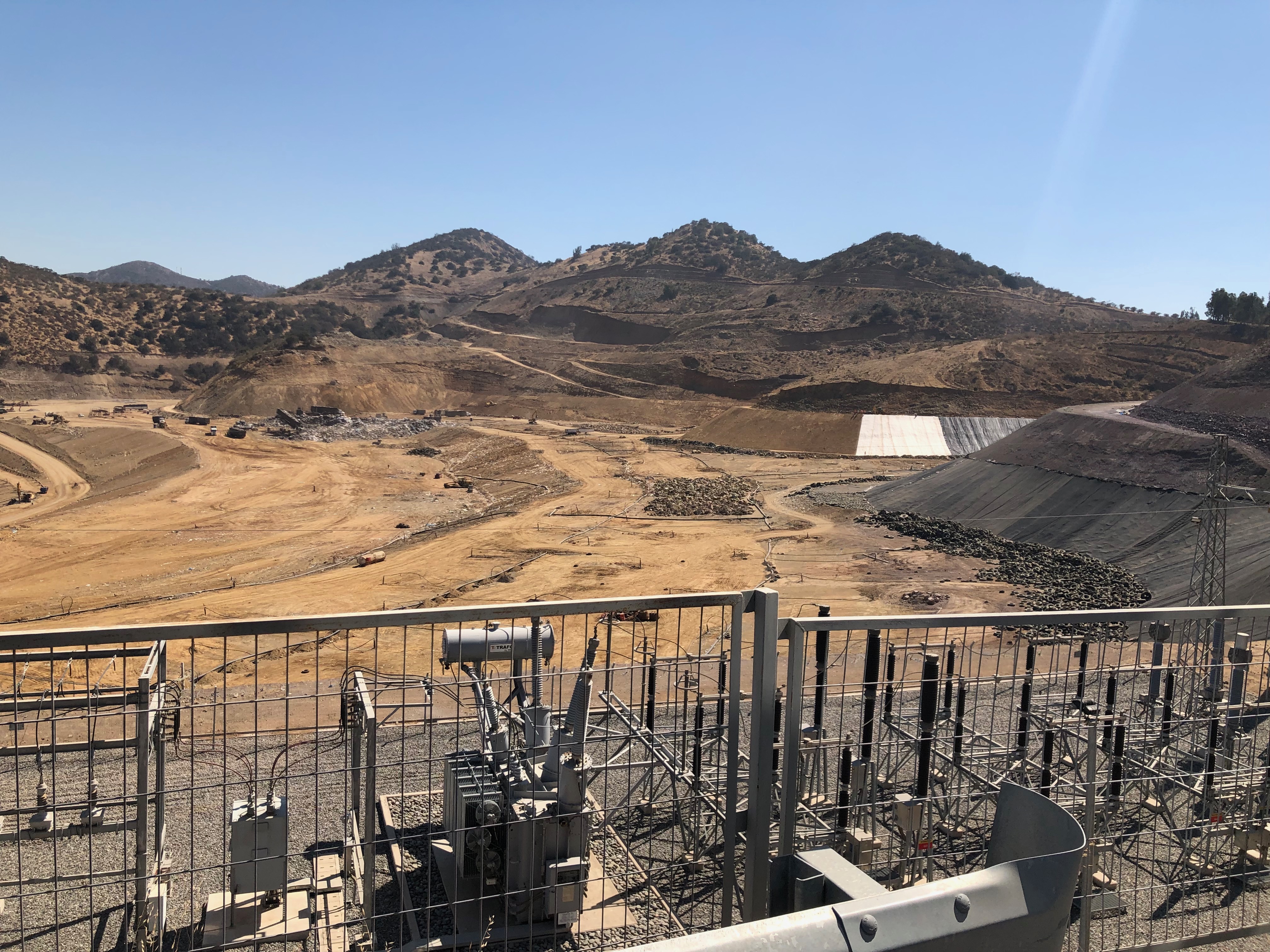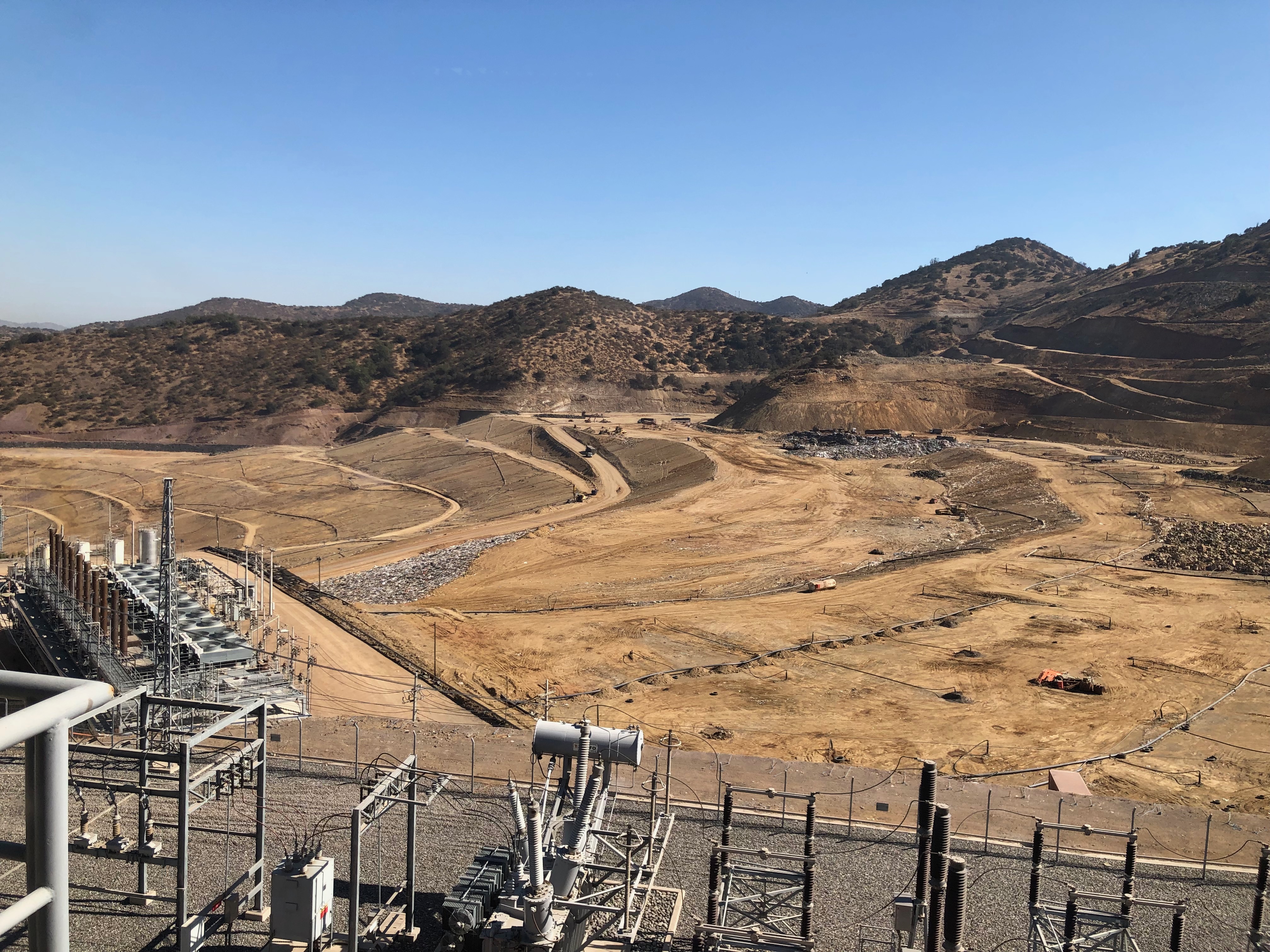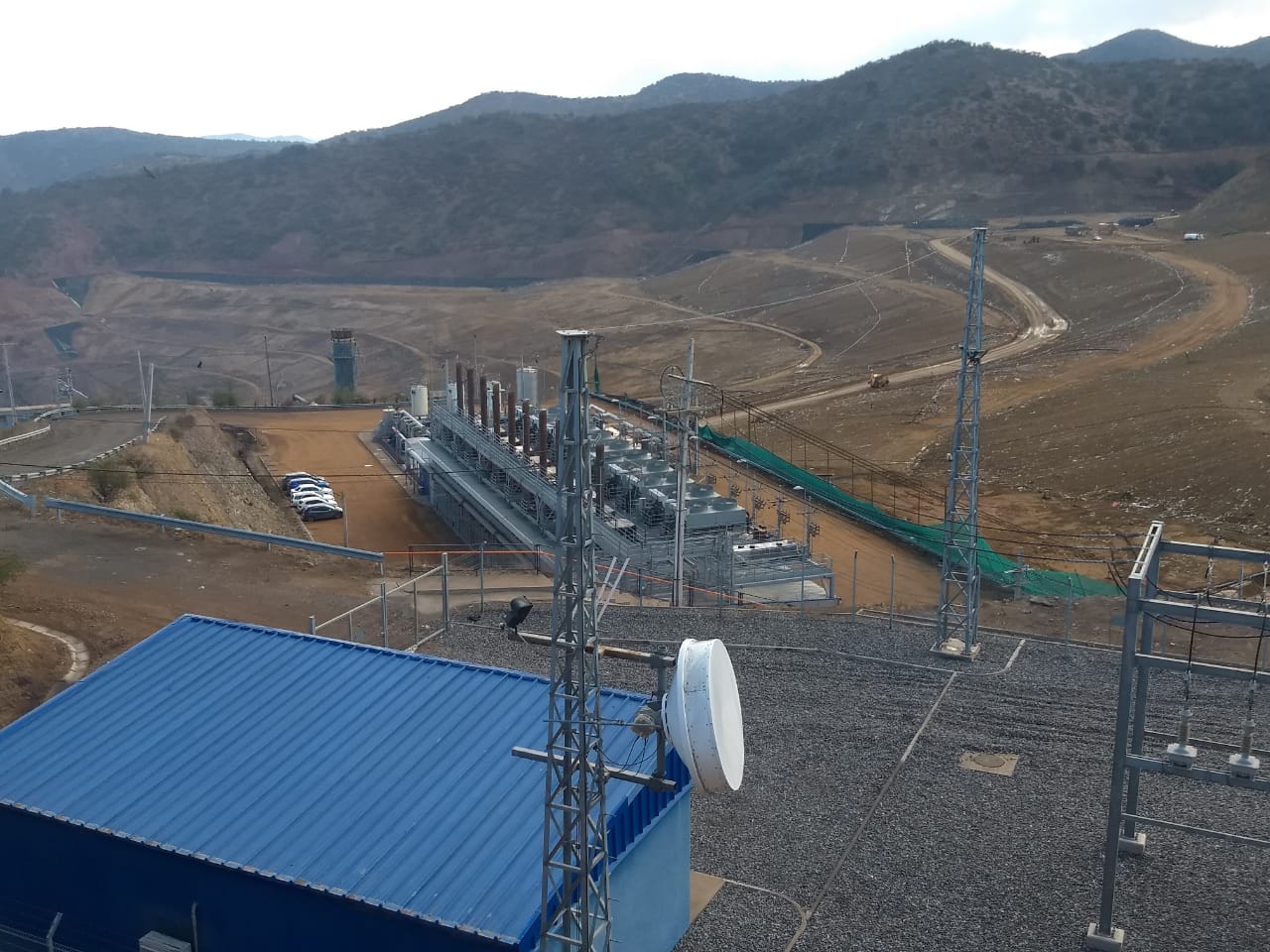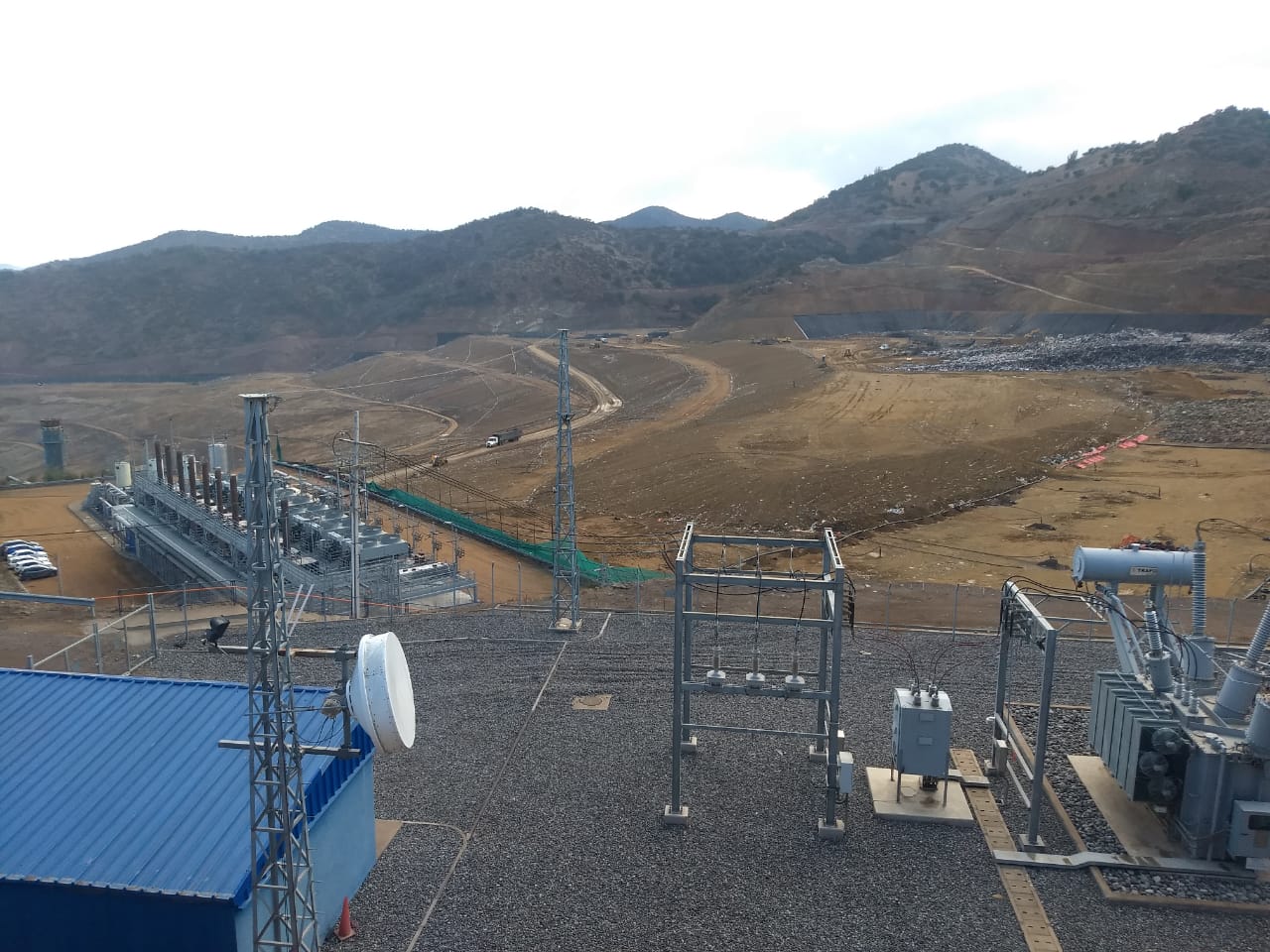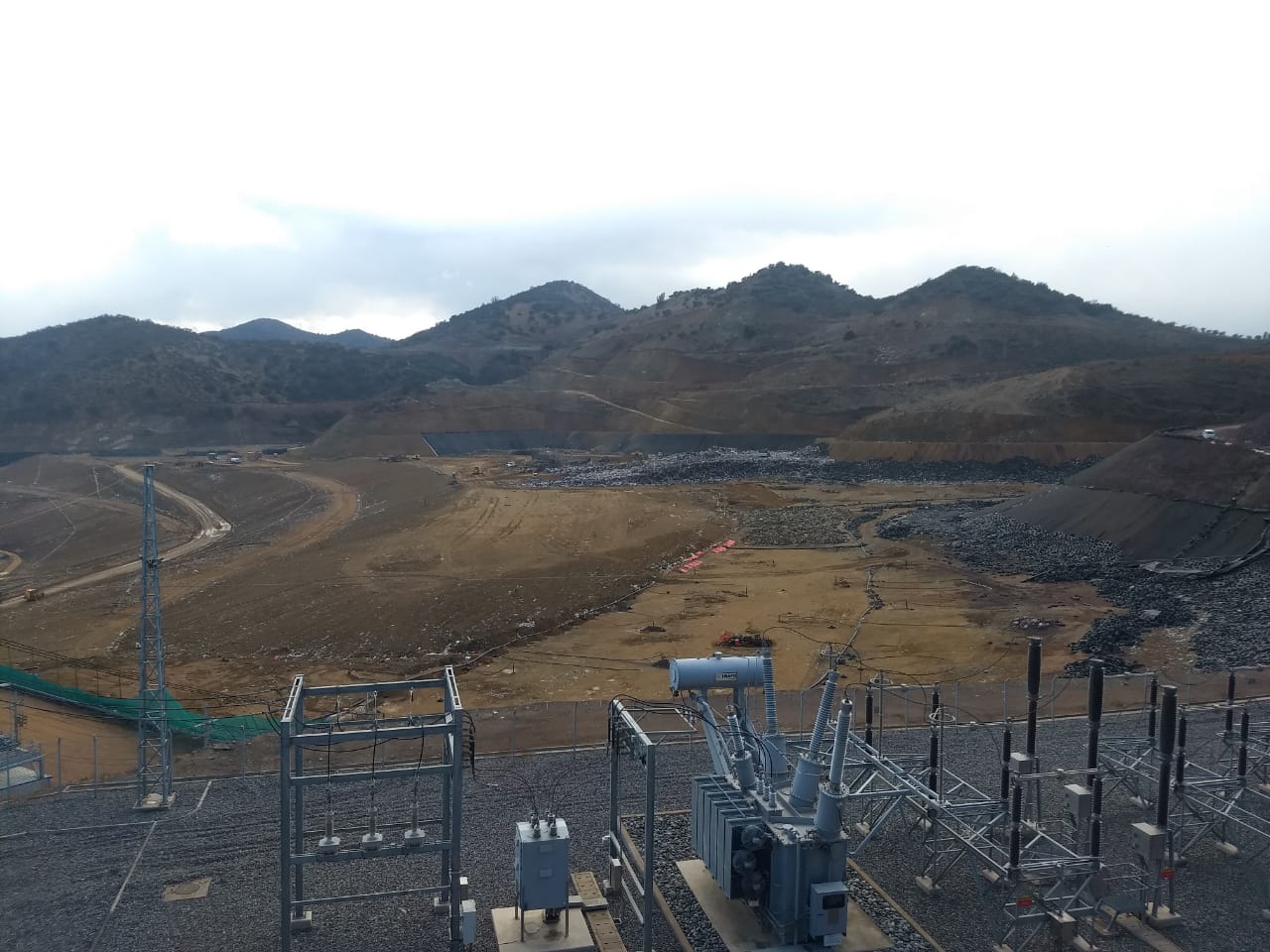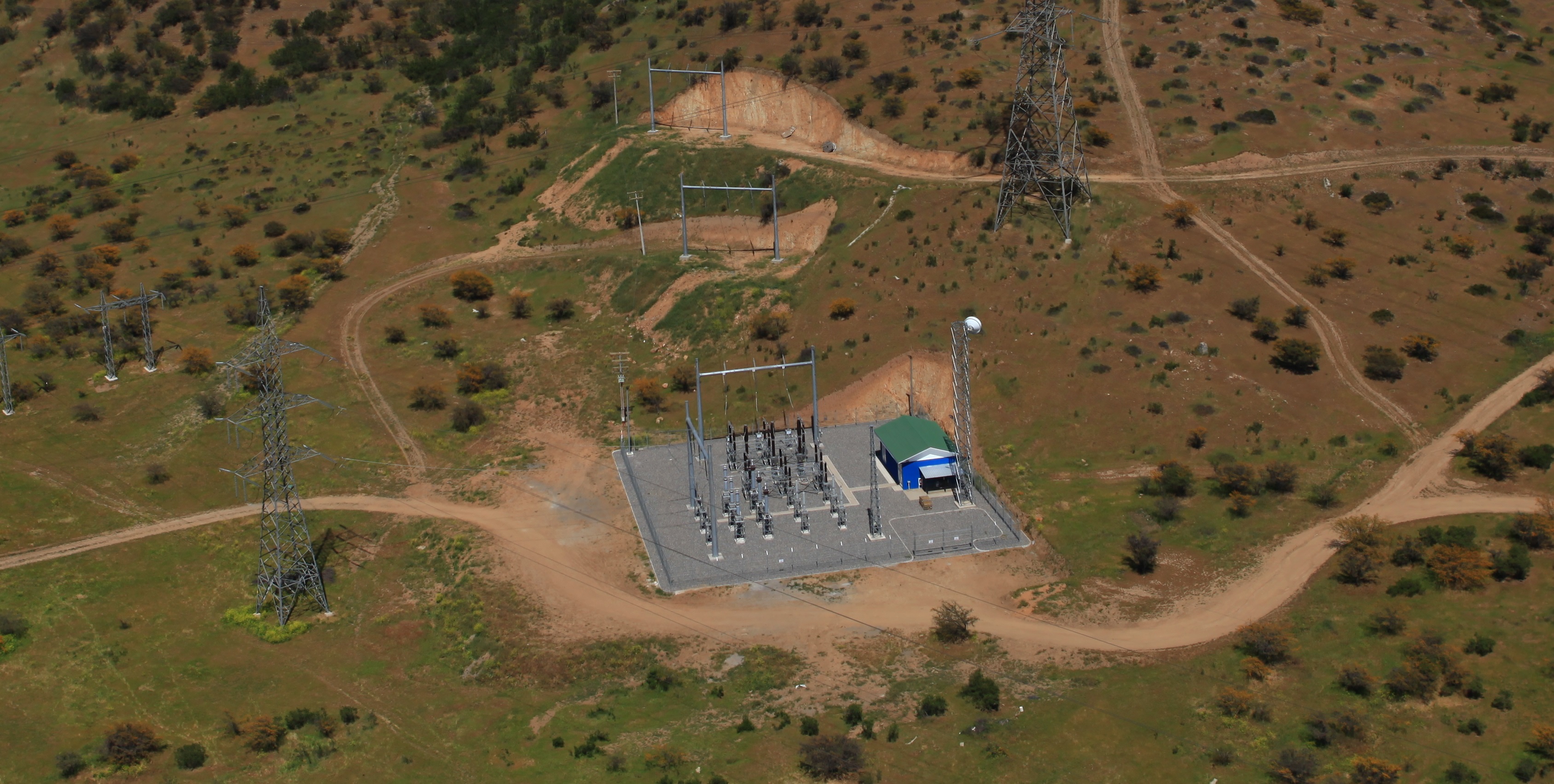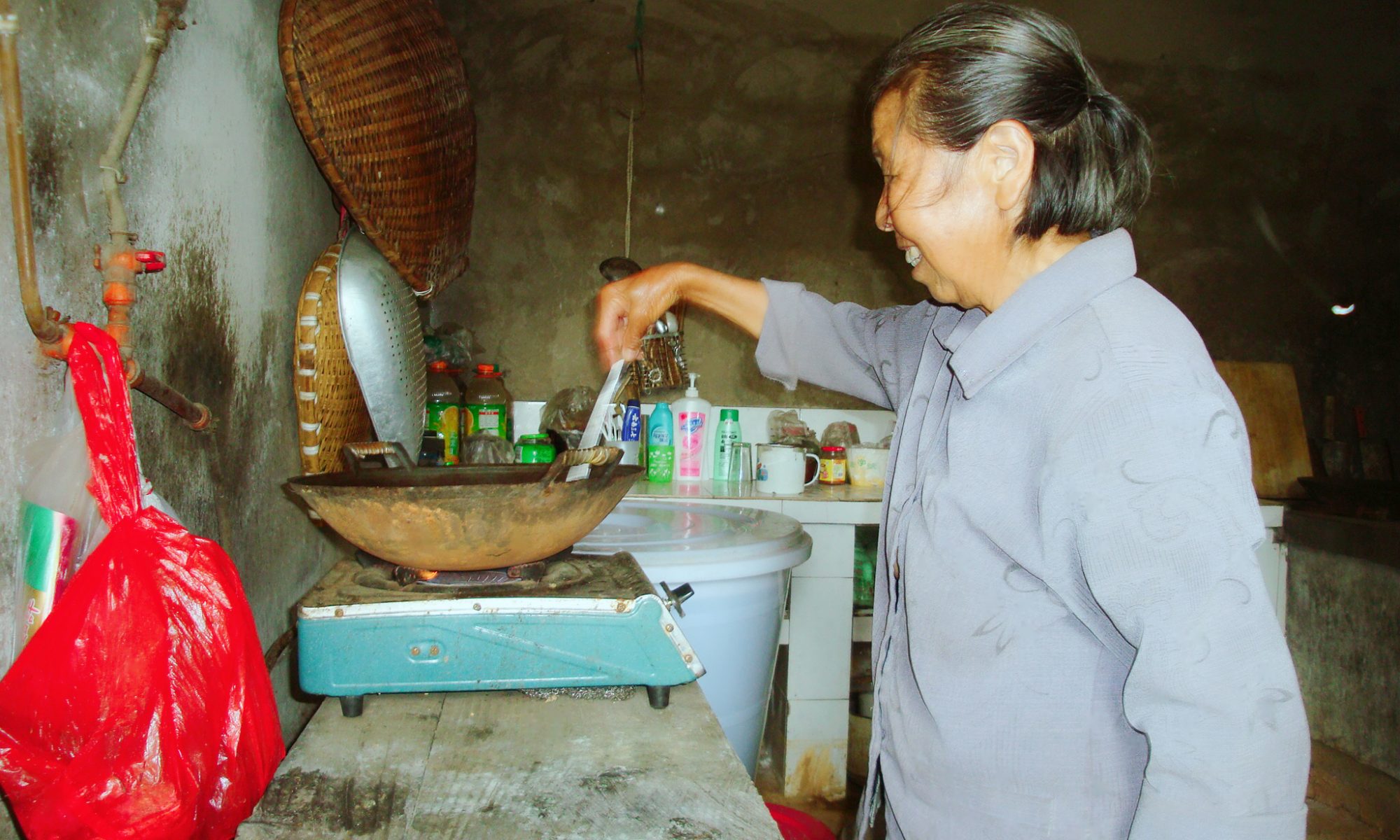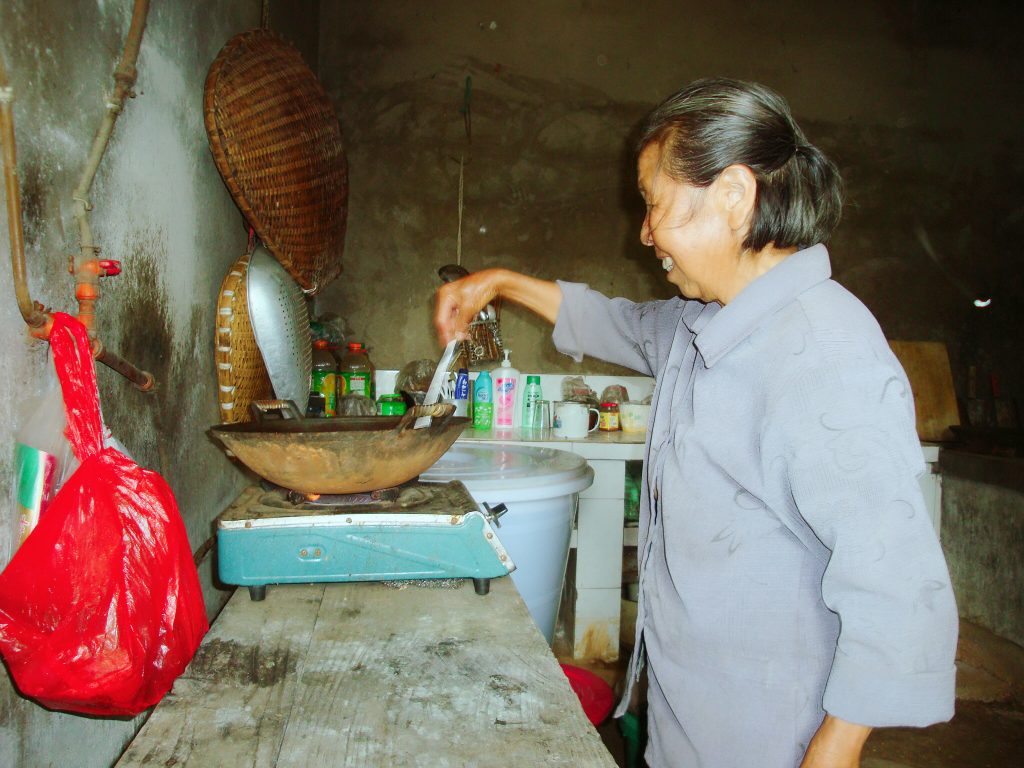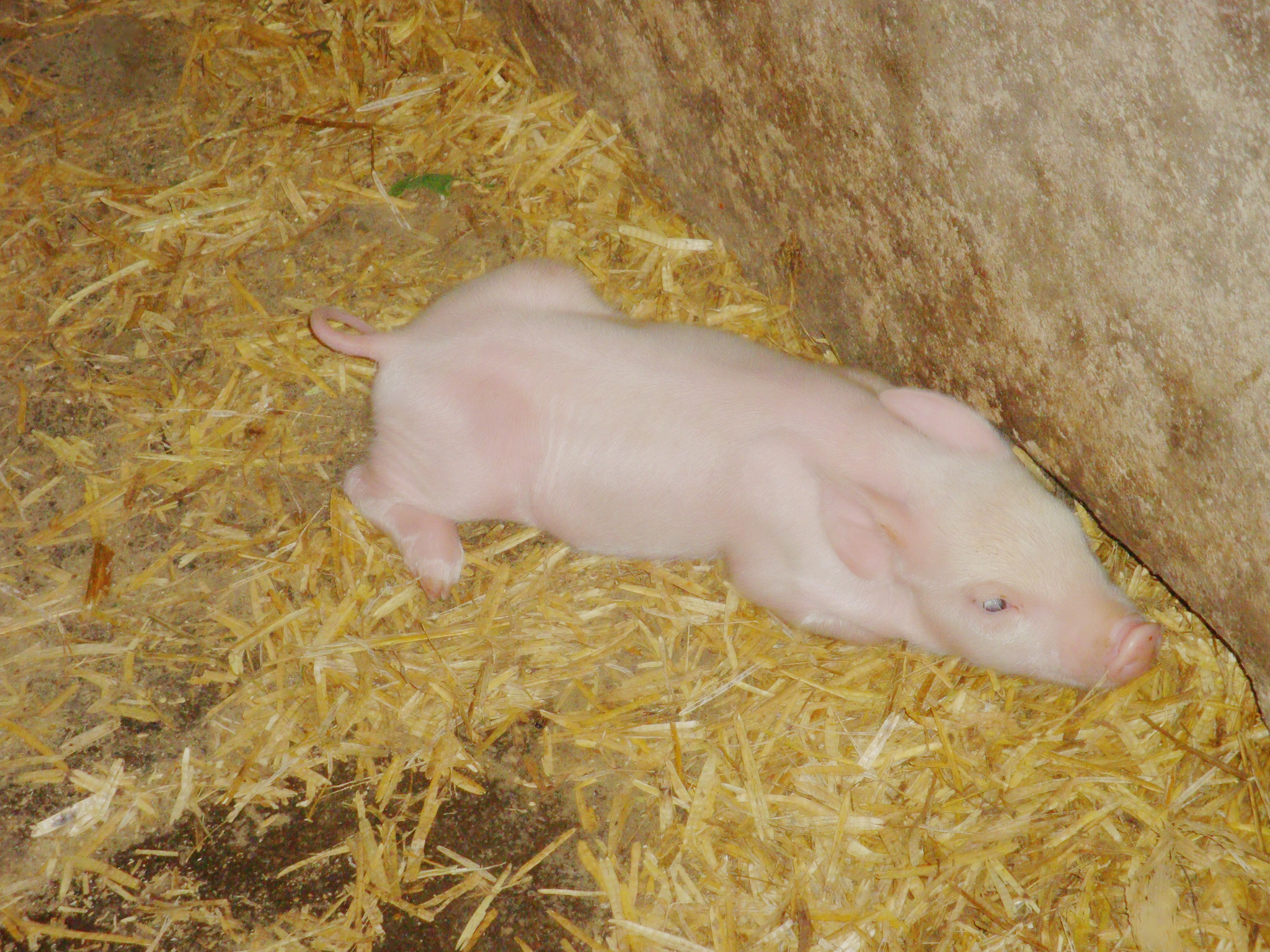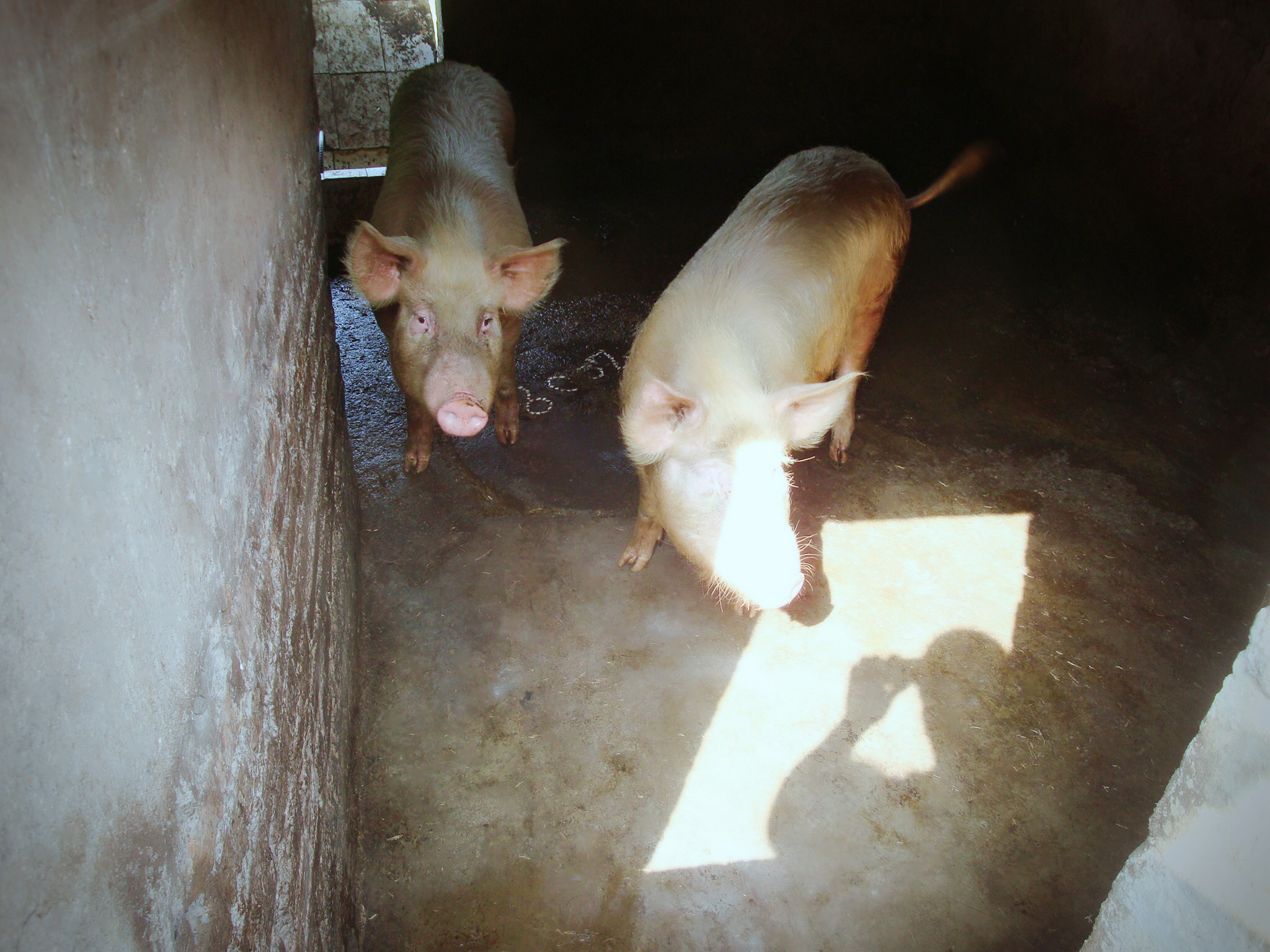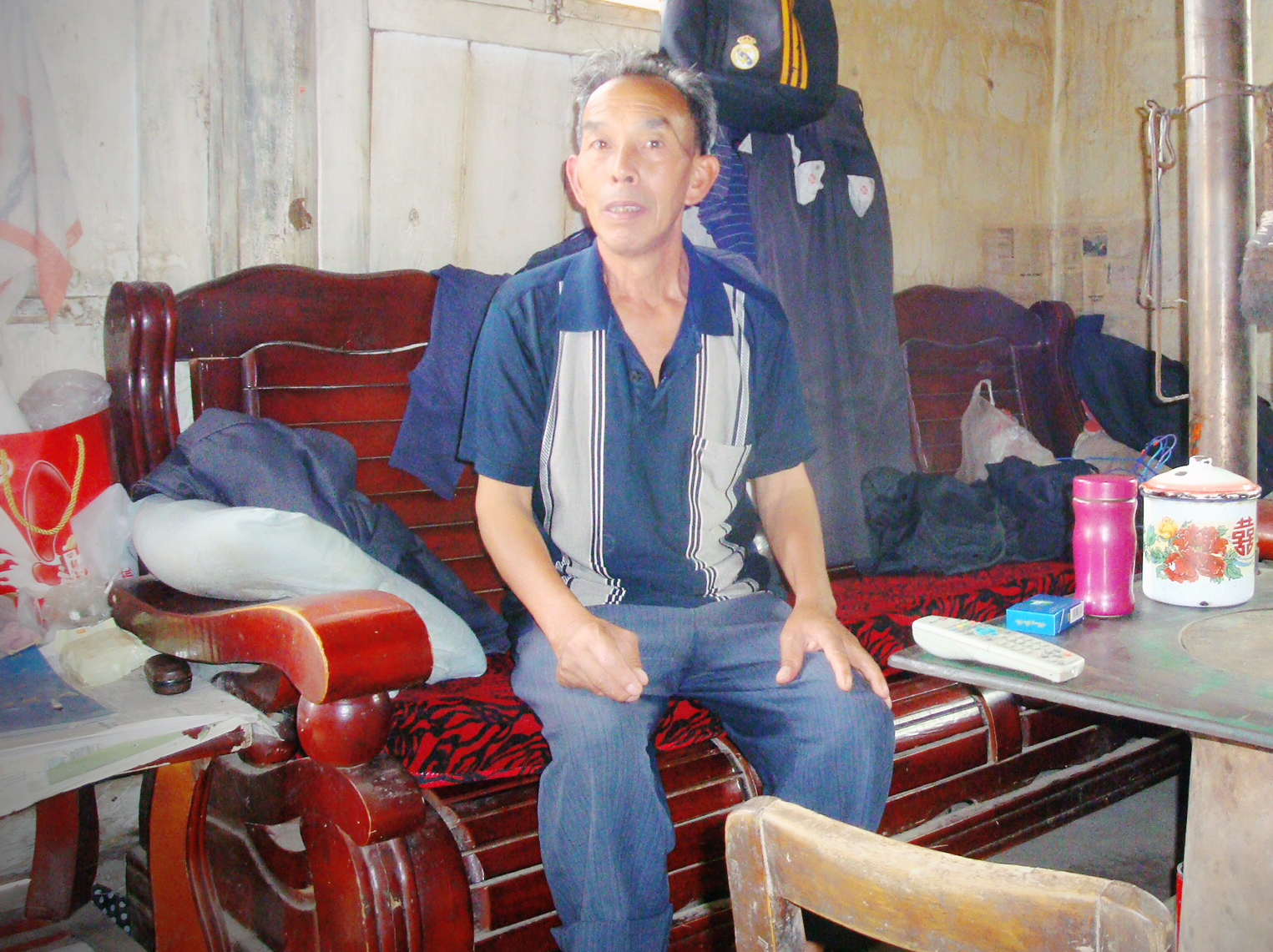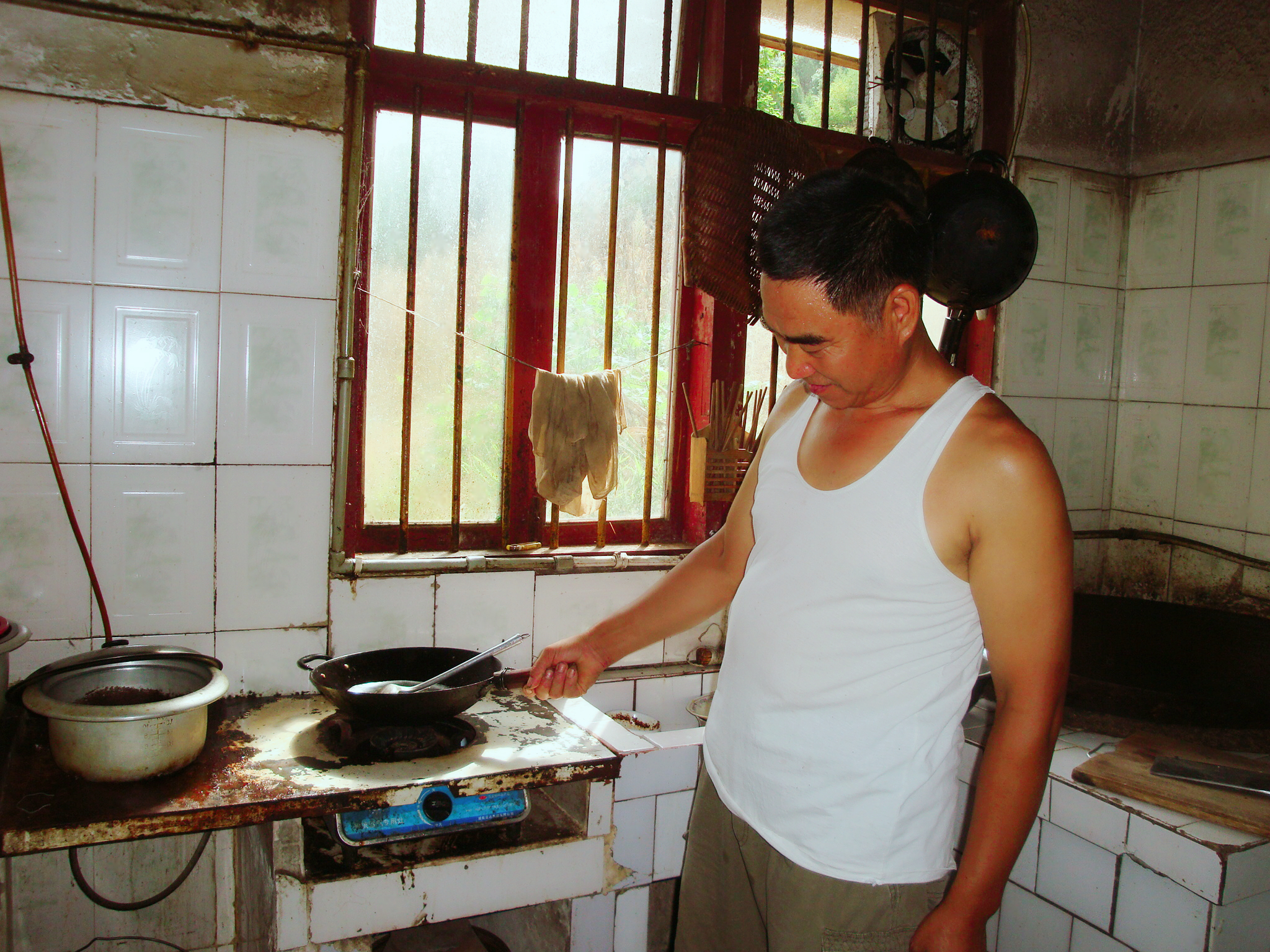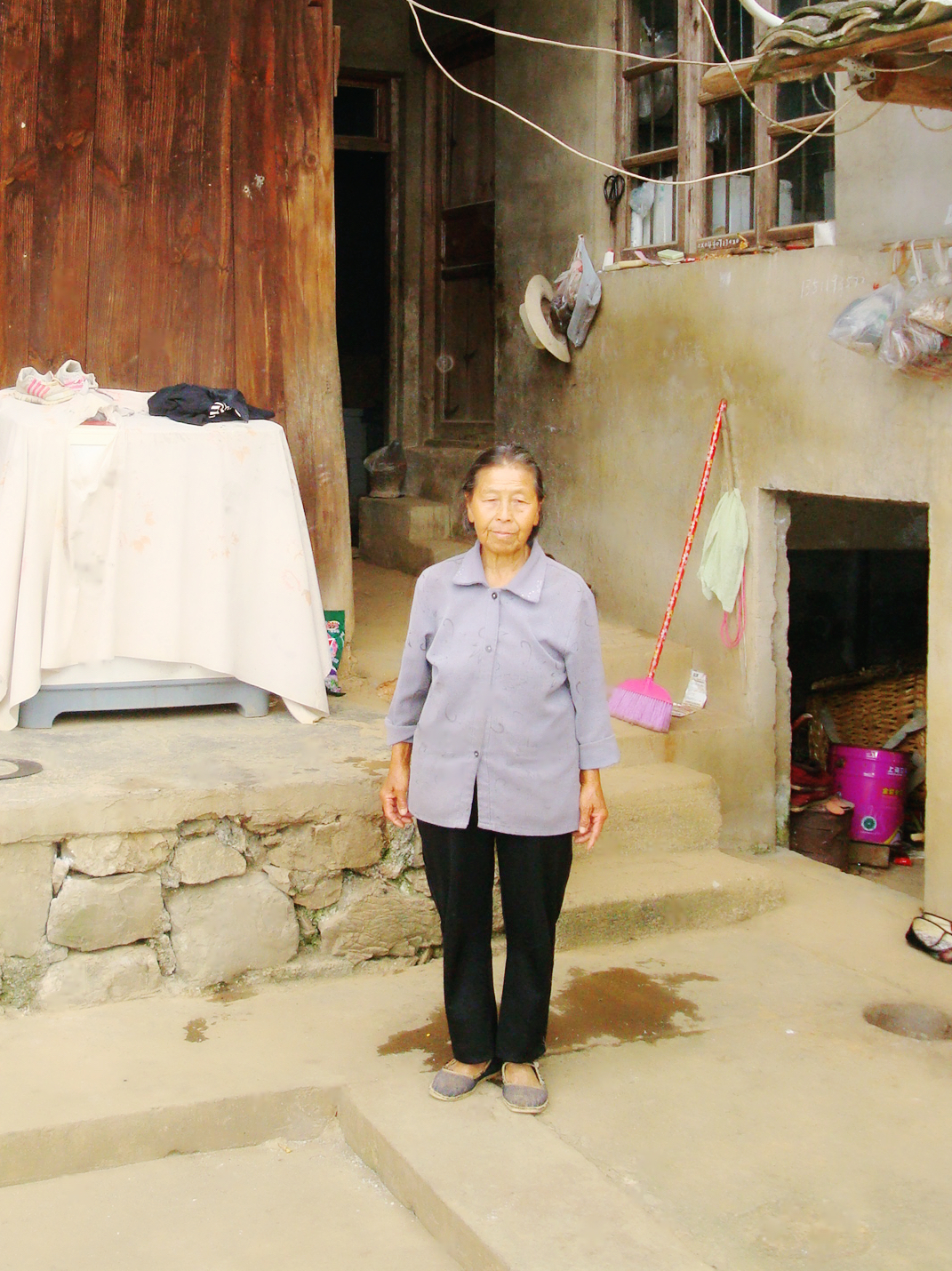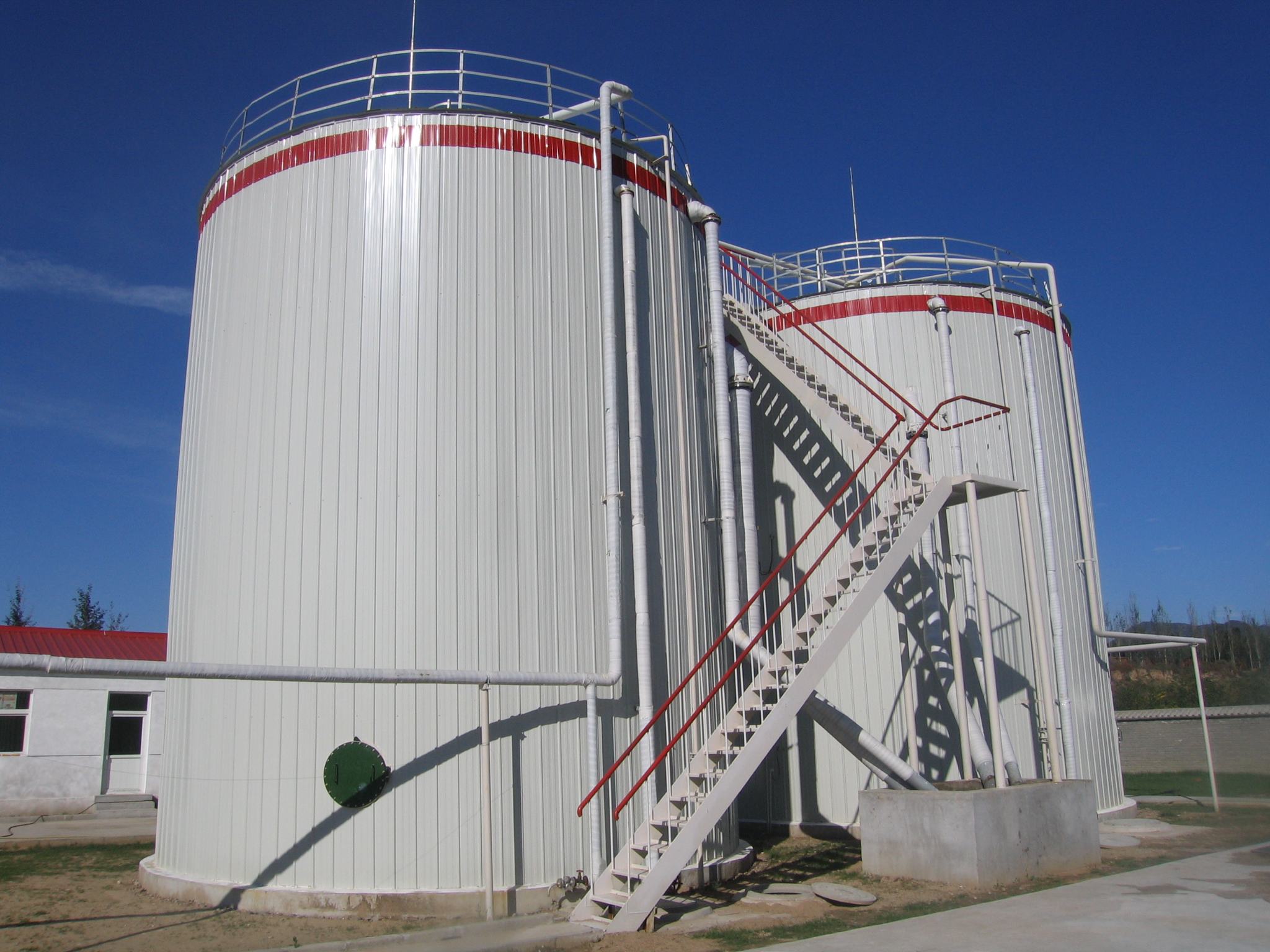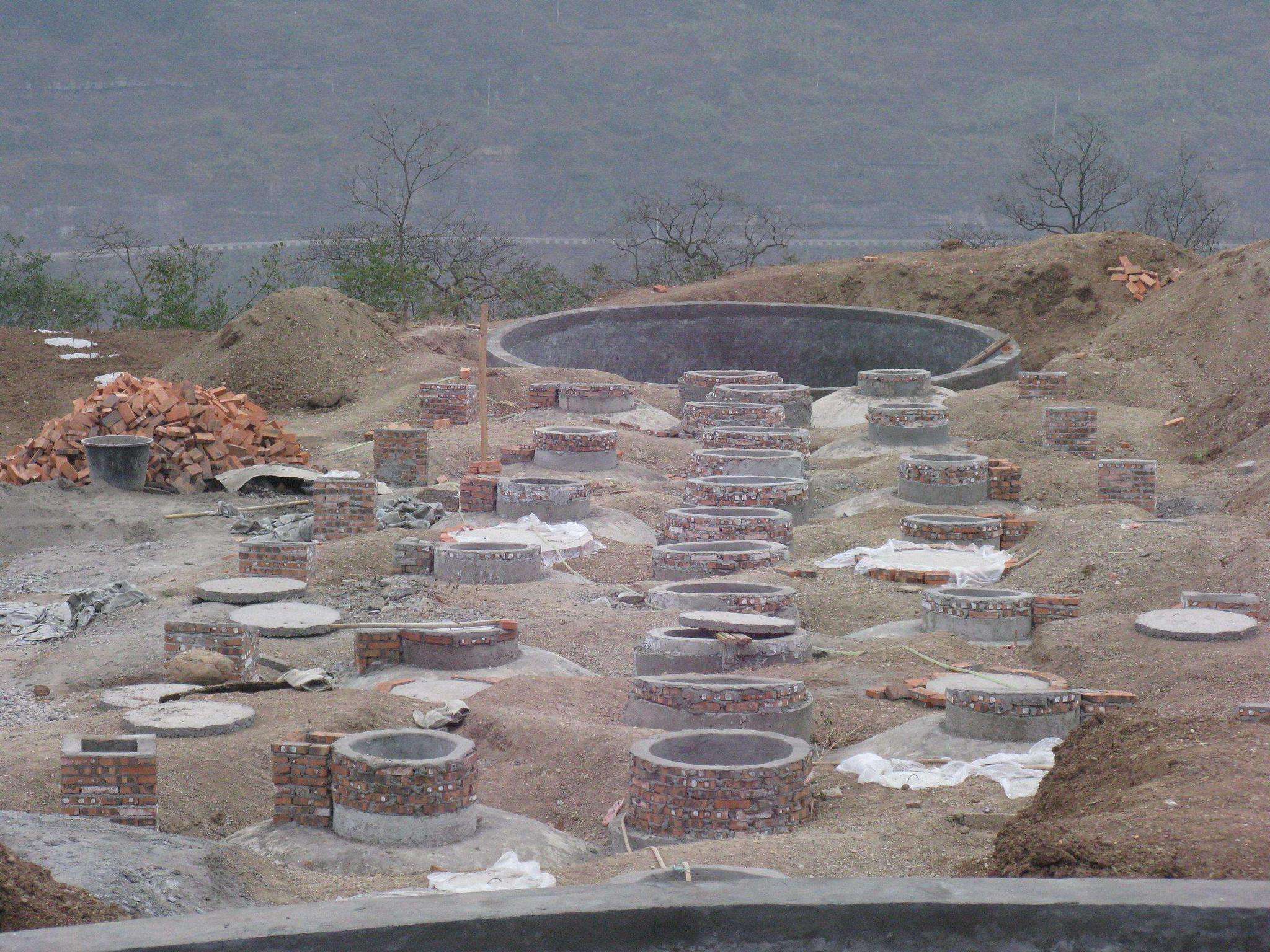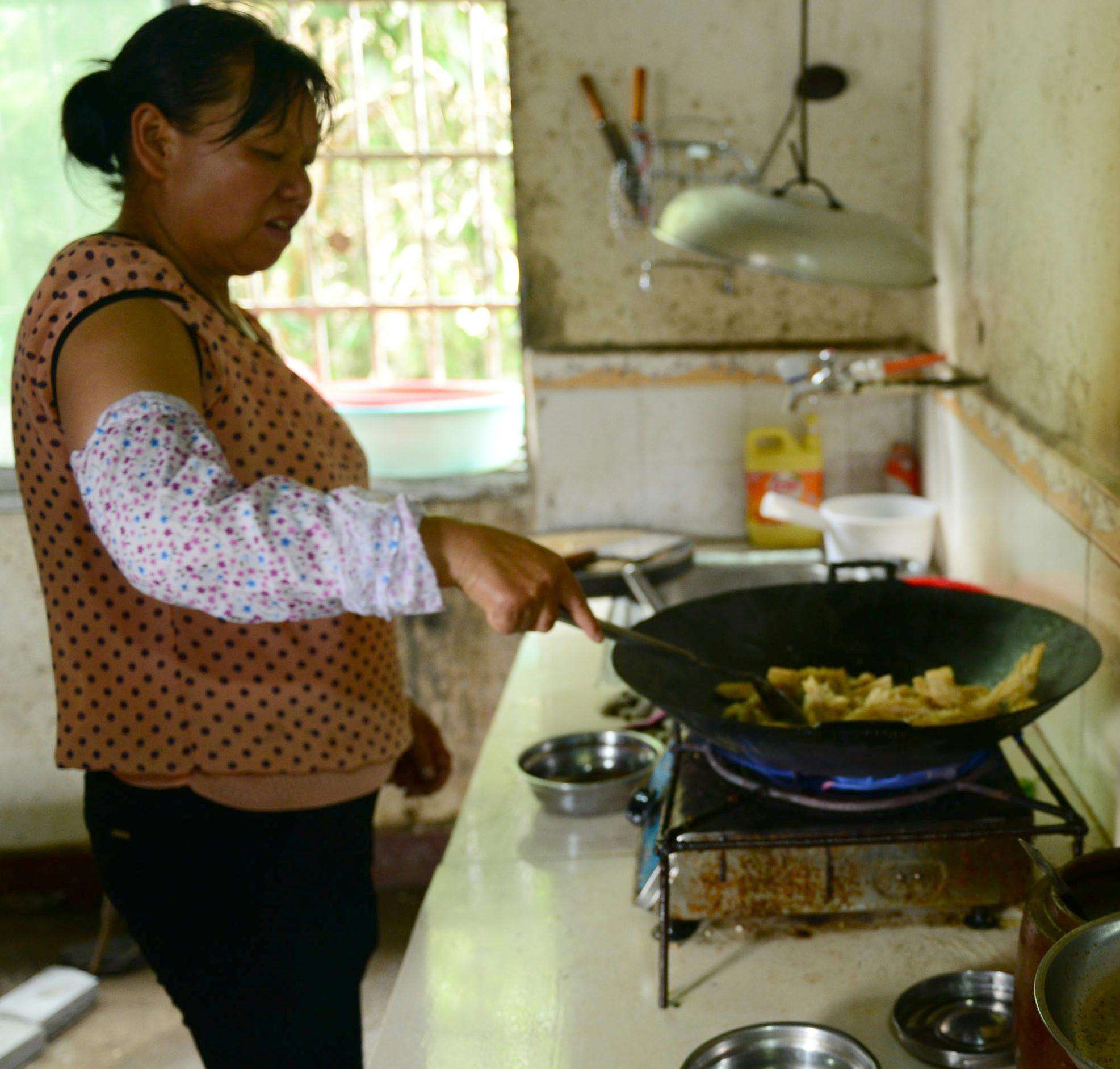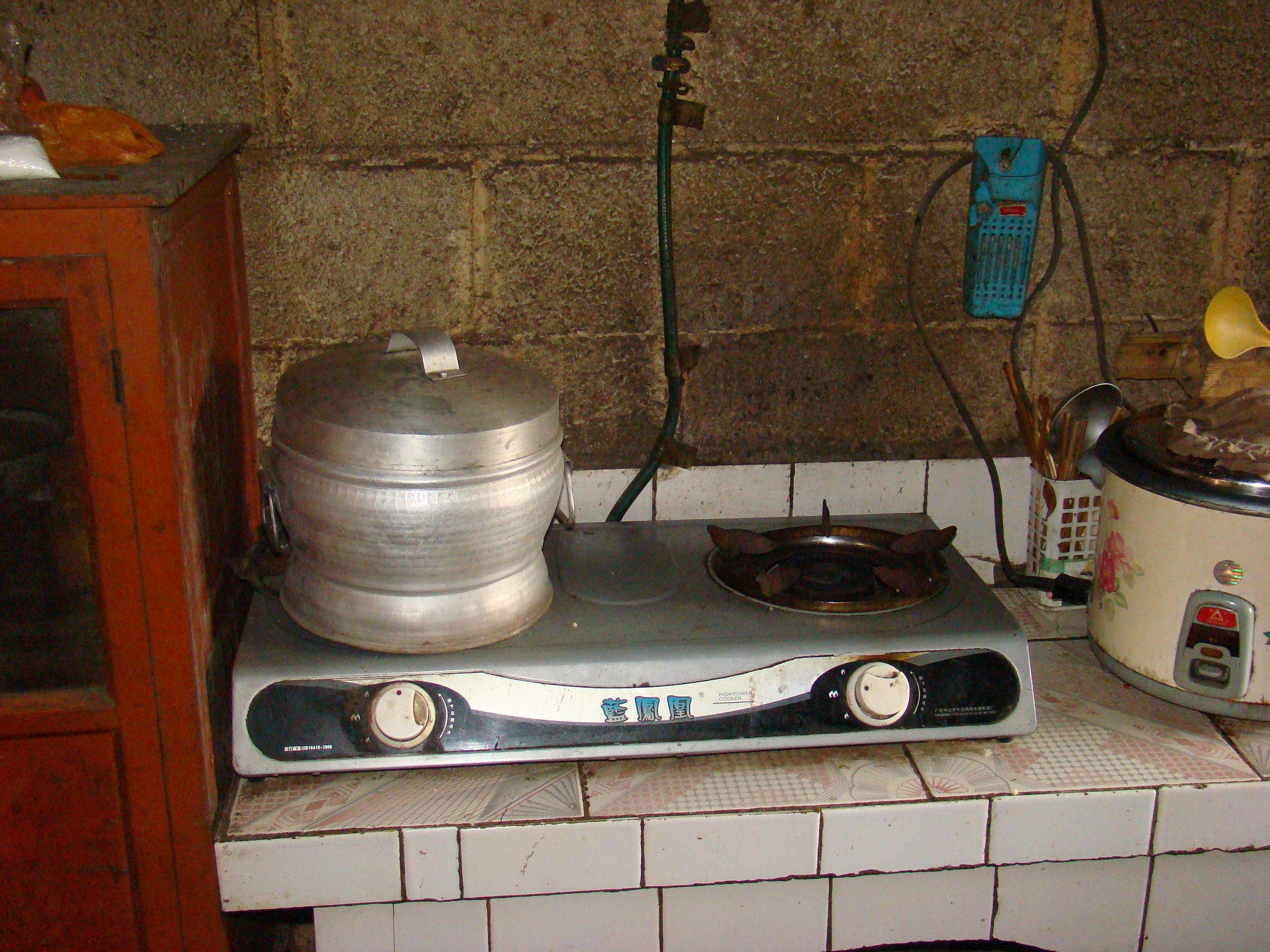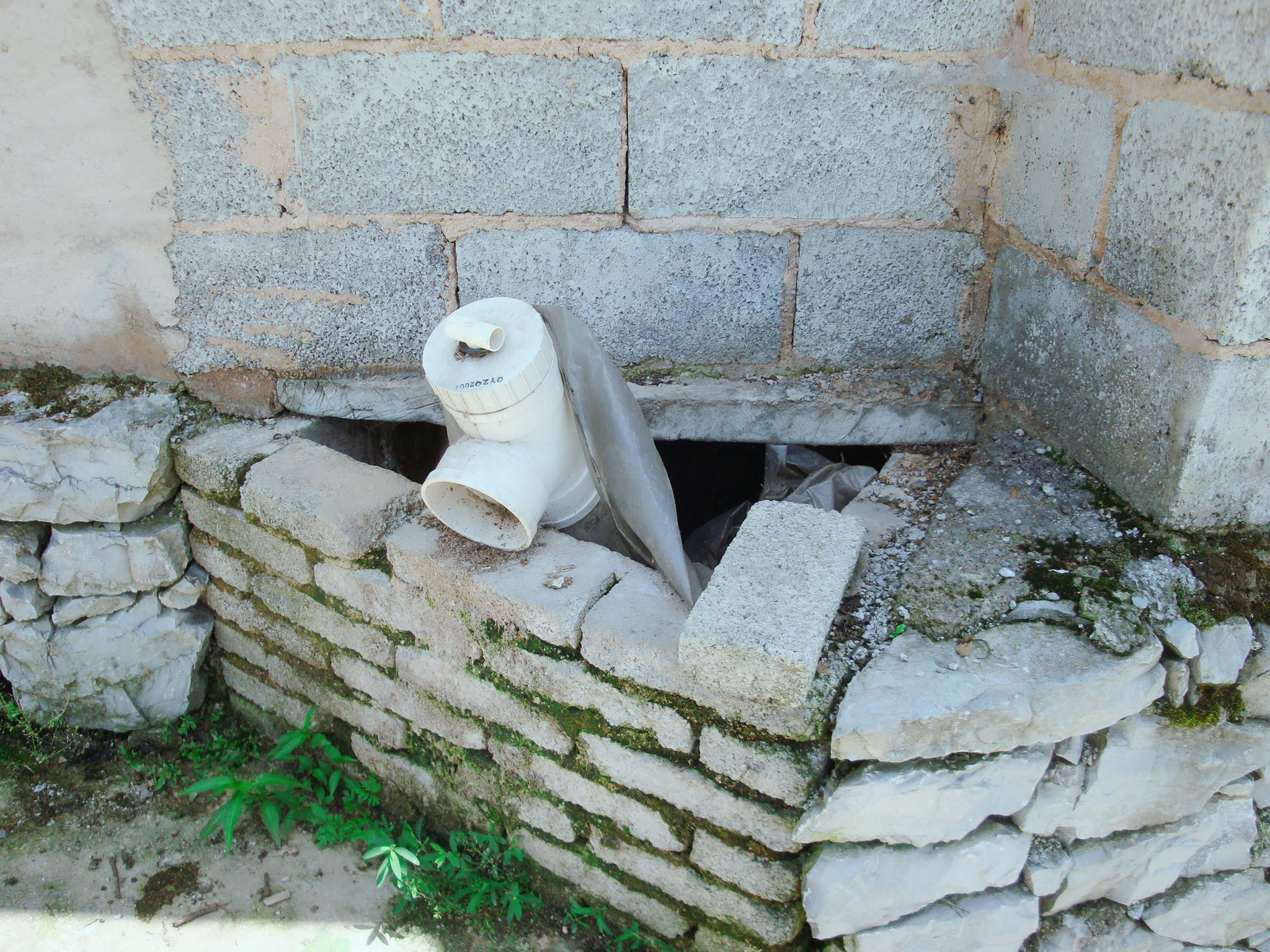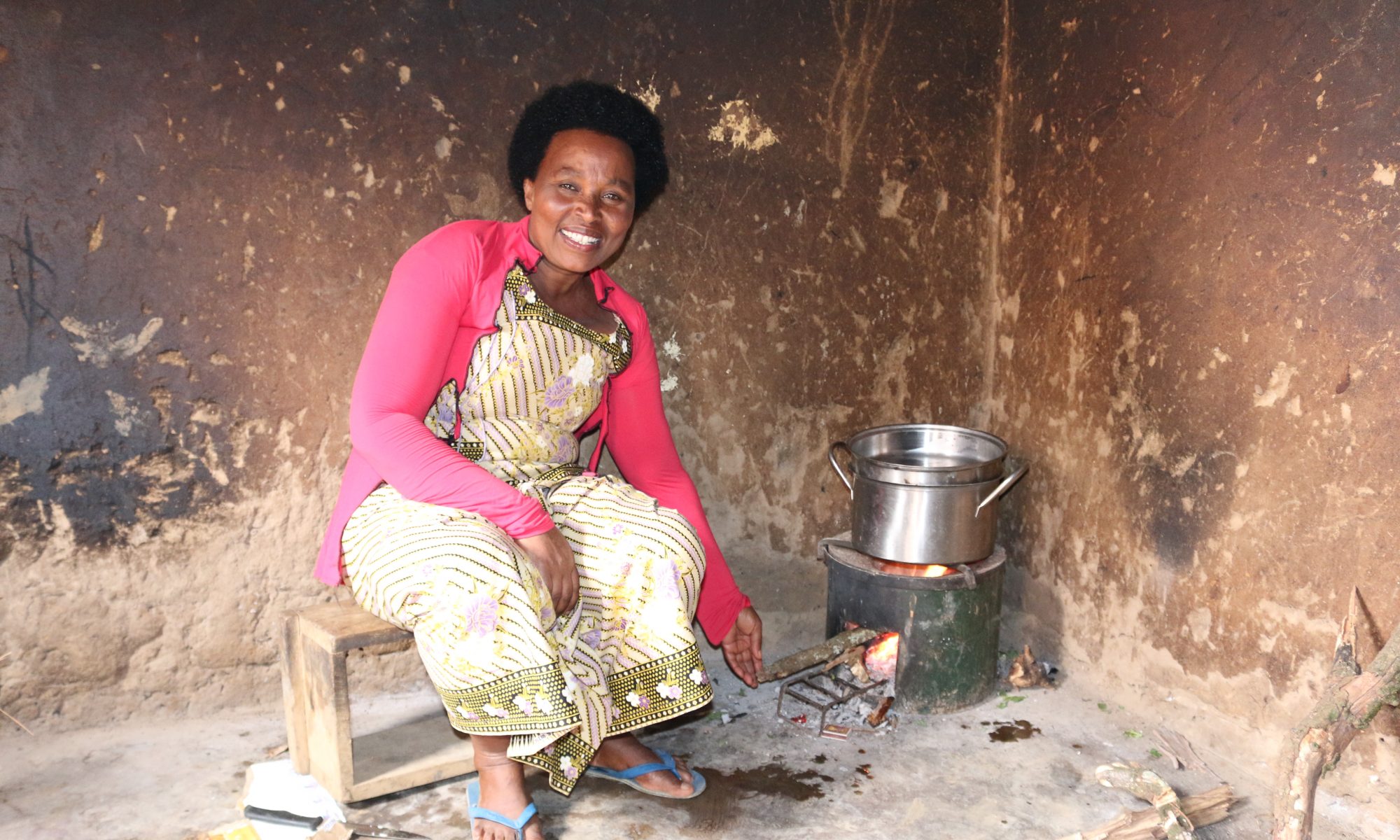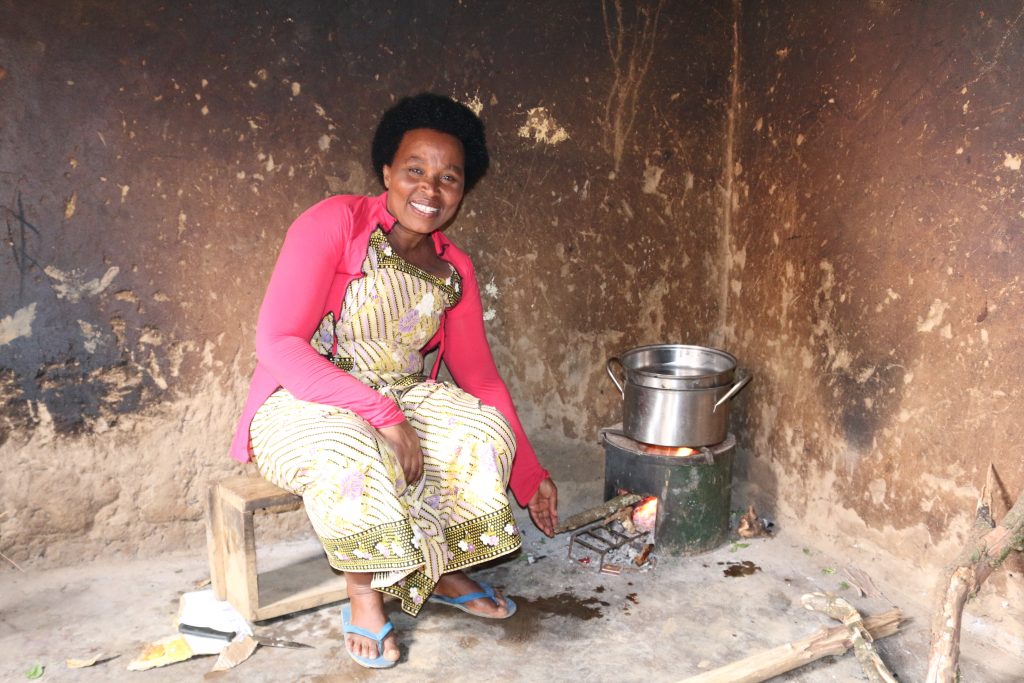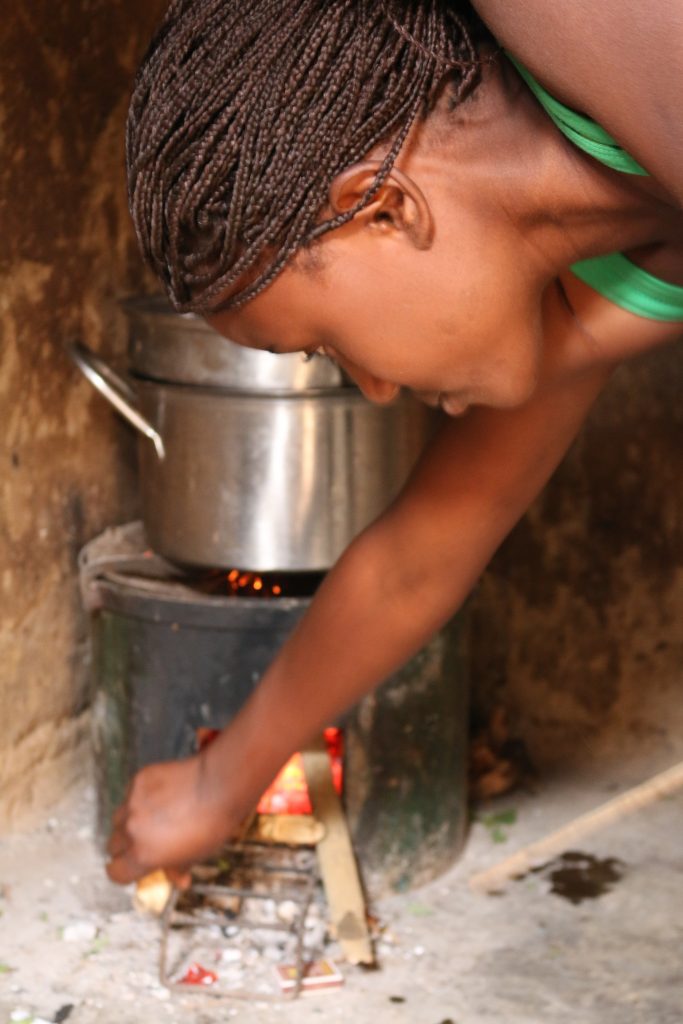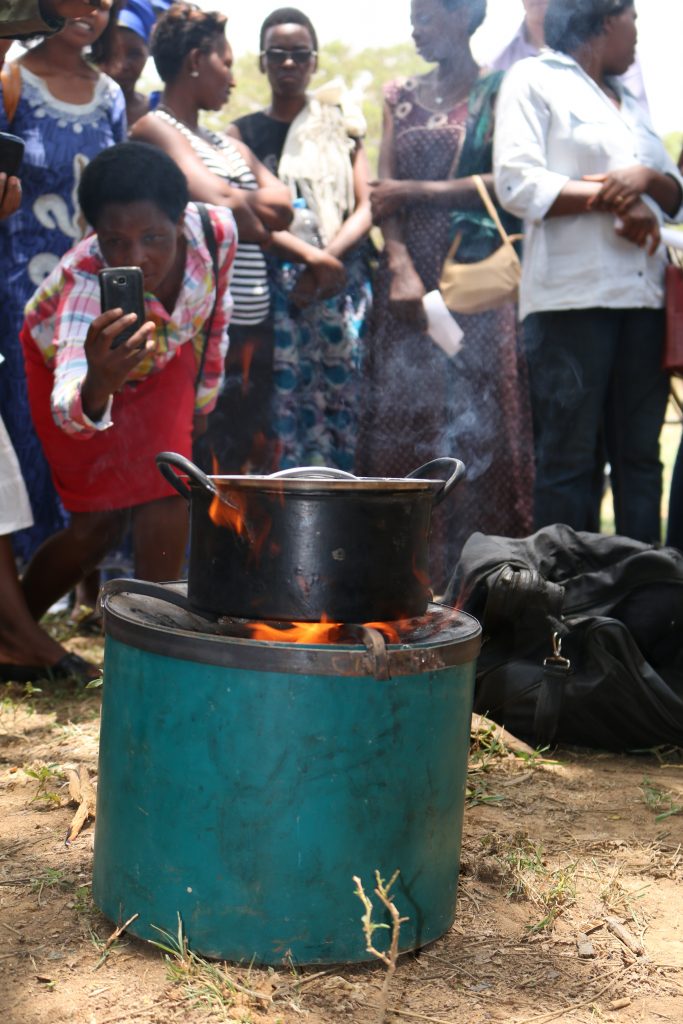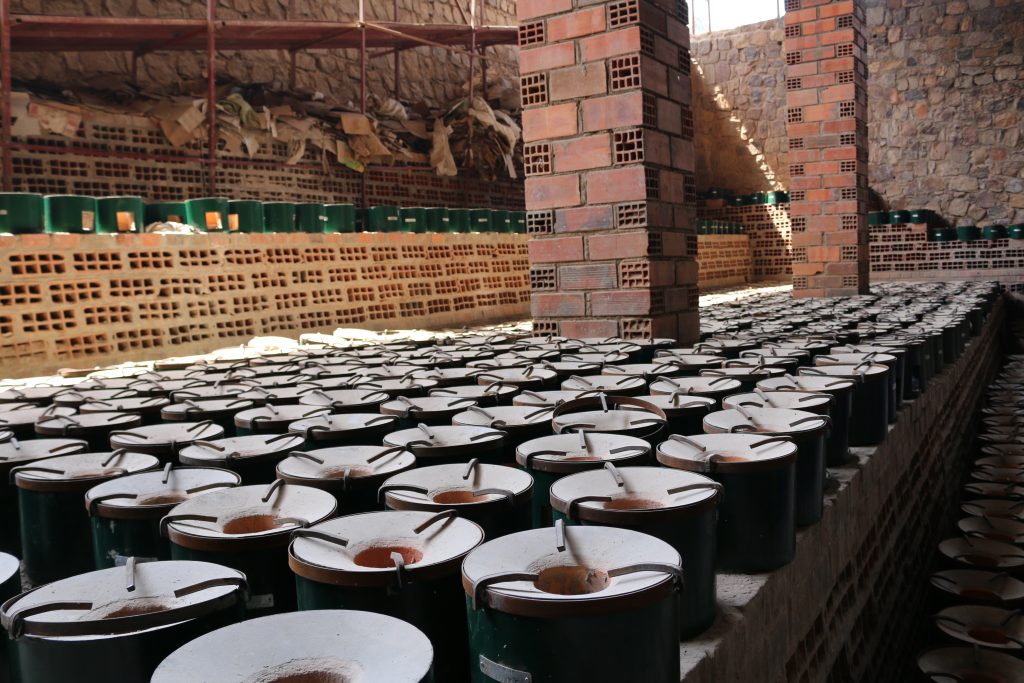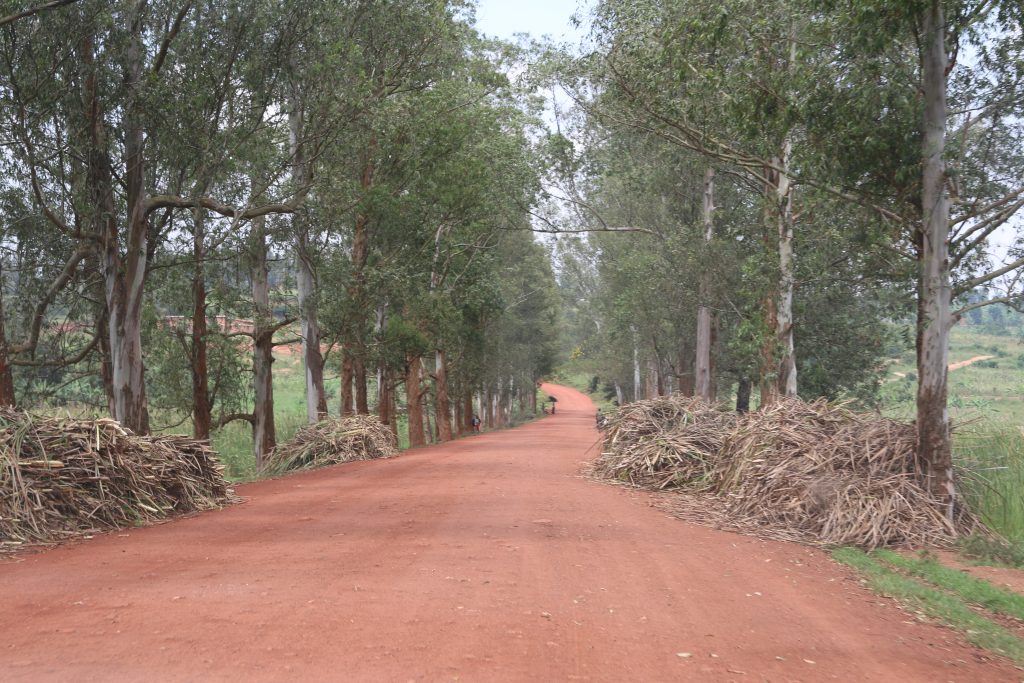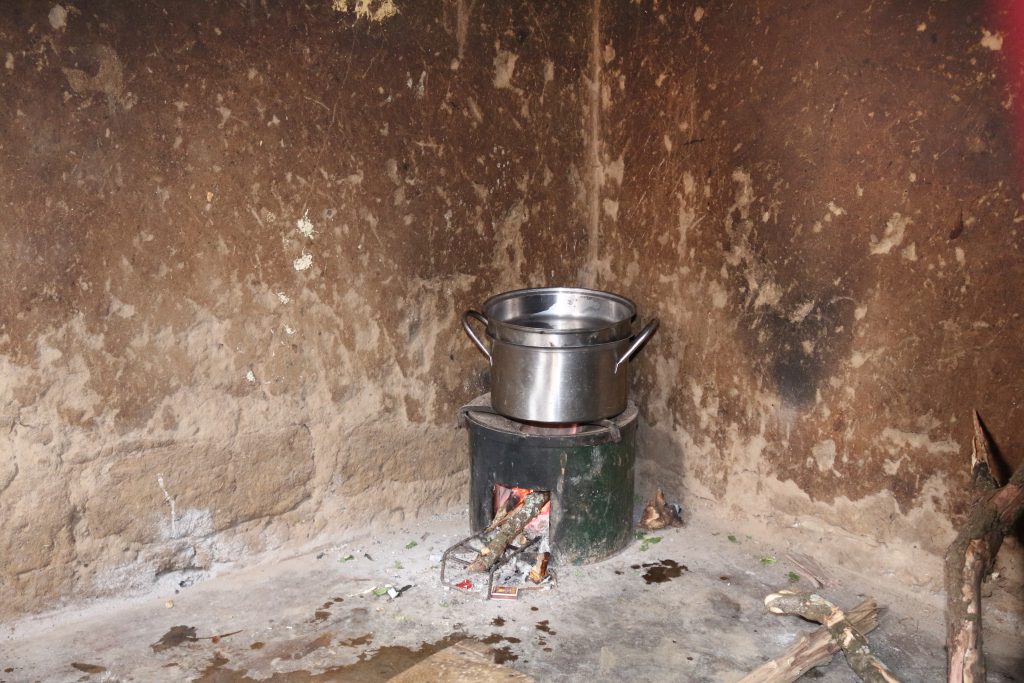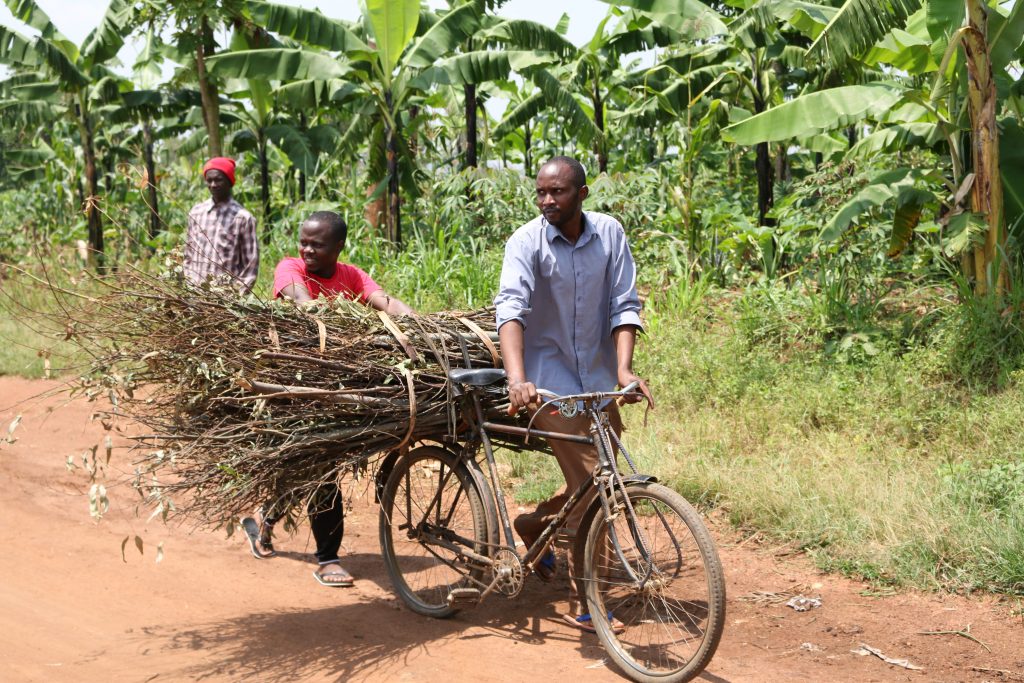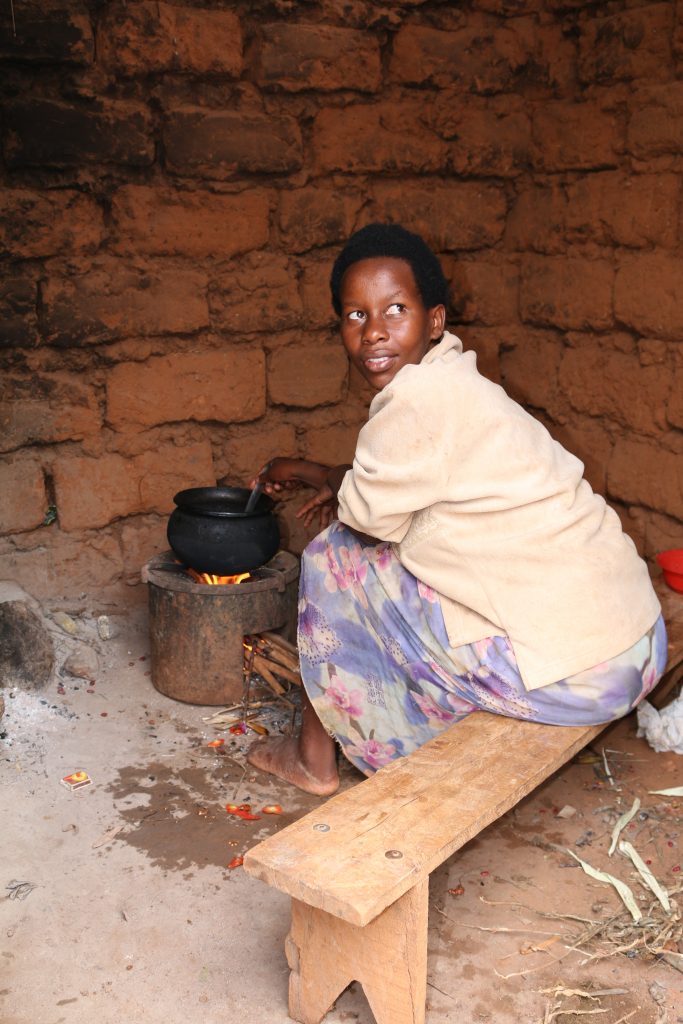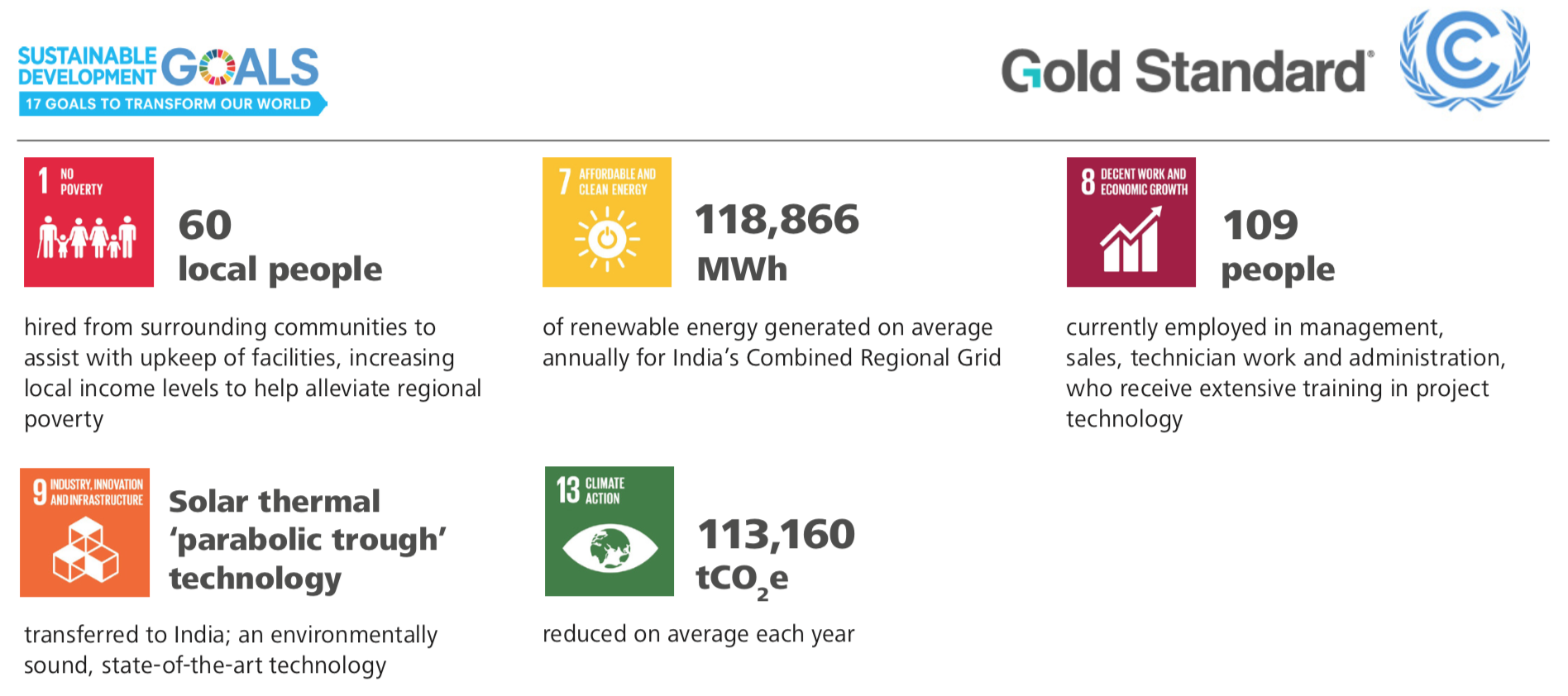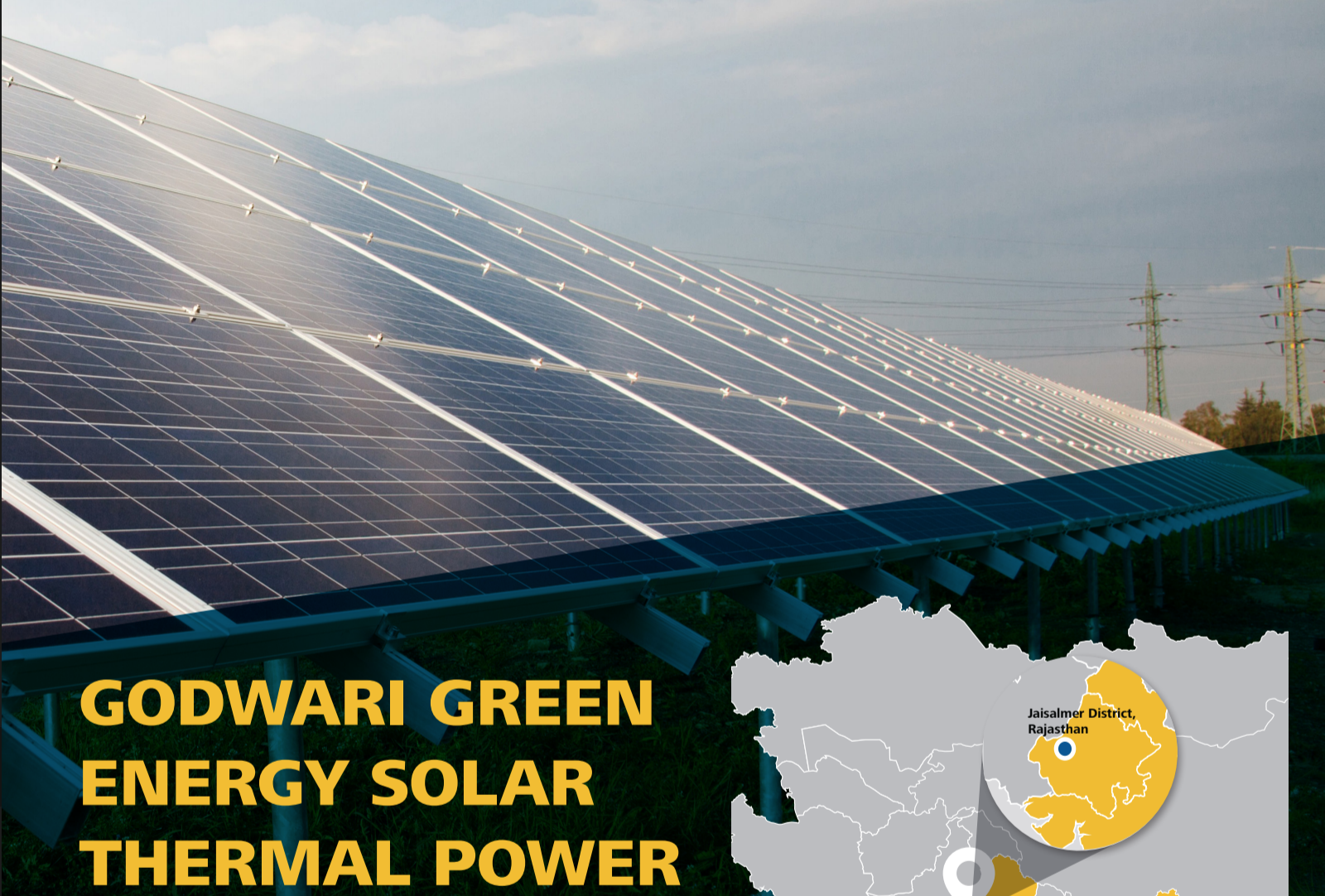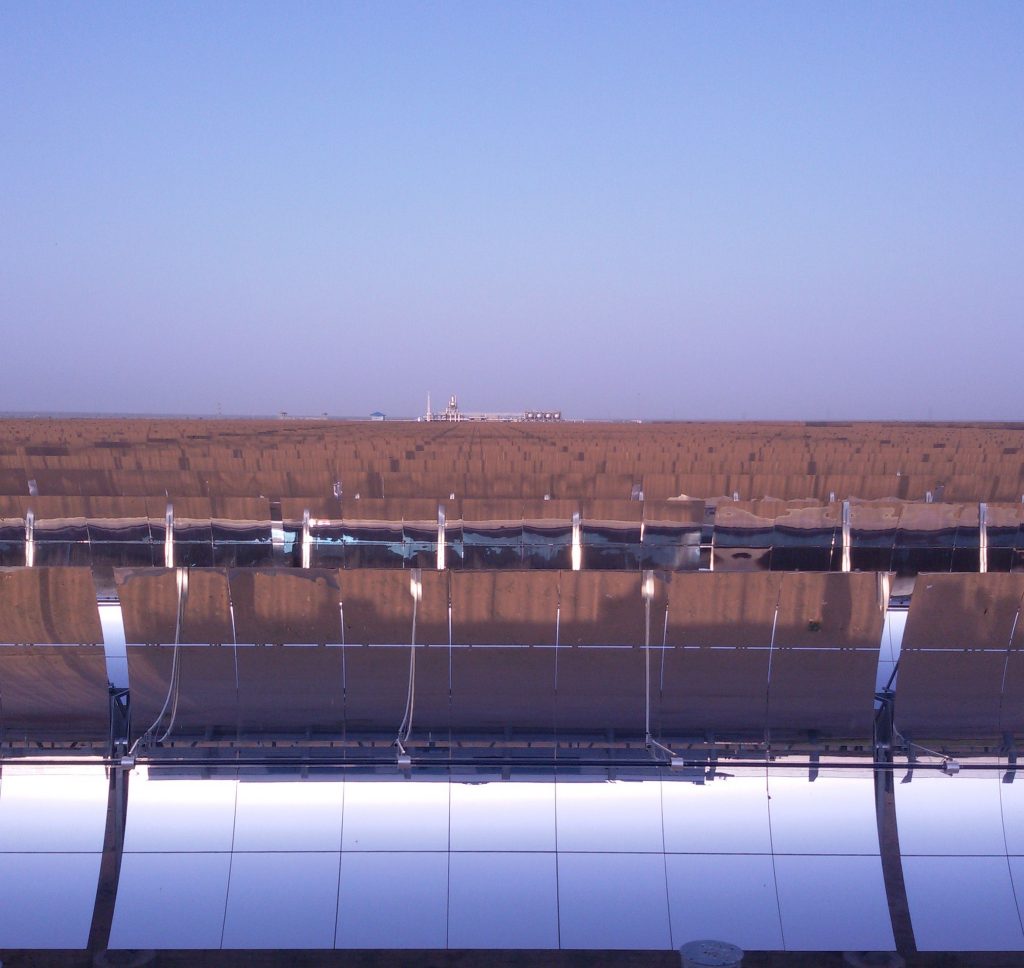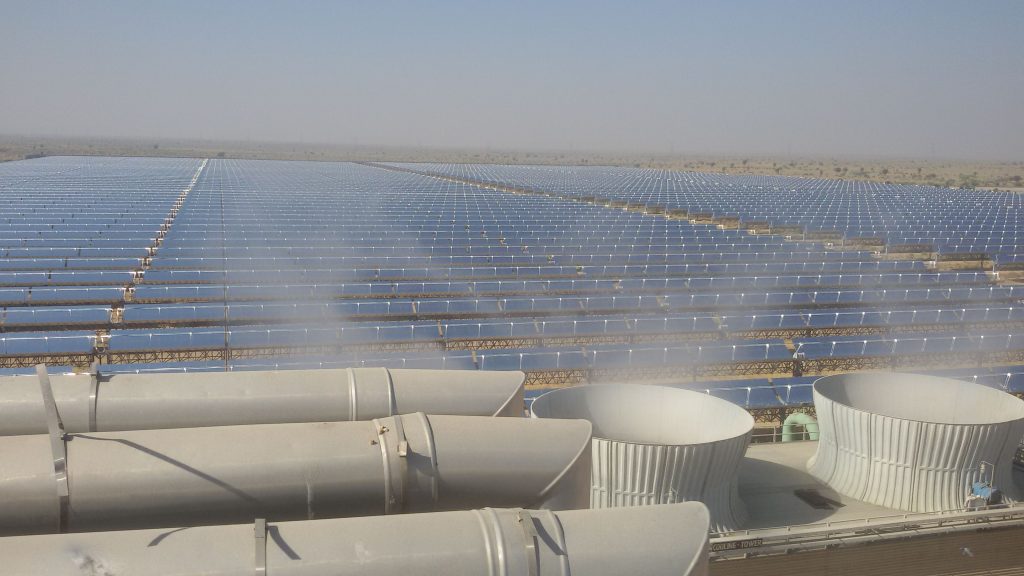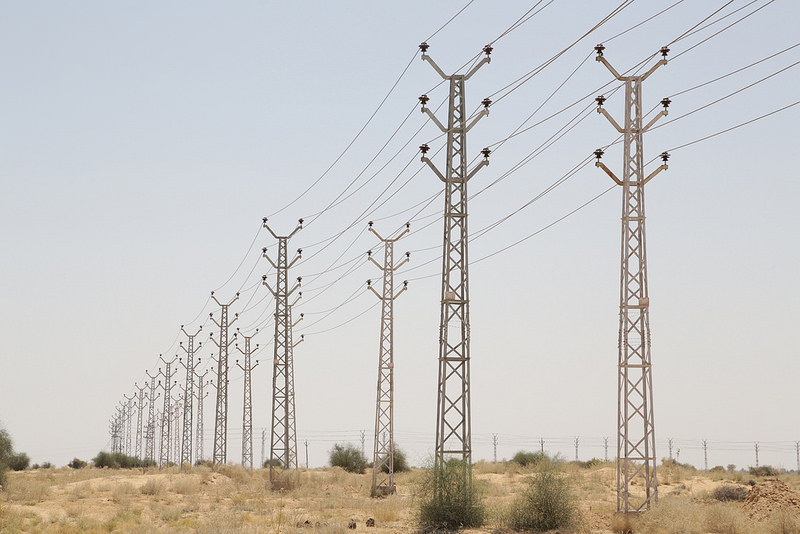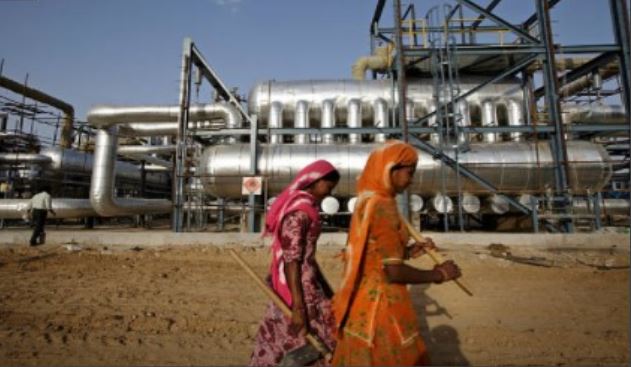We have now offset another 50,000 ton CO2eq in a Gold Standard certified project! Thank you for taking part in this!

This is our project
Aruba is one of the islands moving towards reduced dependency on fossil fuels and increased share of renewables. The first initiative for wind energy production on the island is the Wind Park Vader Piet N.V, which we are supporting through the purchase of carbon credits! This is the second time we support this project, so find the first blog post about the project HERE.
This wind park consists of 10 wind turbines that are located on an uninhabited part of the island. With a production capacity of 3 MW each, these turbines supply 12-14% of the total energy needed on the island! Since all energy consumed before the implementation of this project came from fossil fuel, the carbon intensity of the electricity available on the island was very high. Fortunately, Wind Park Vader Piet N.V has instigated a change for the better.
More support from GoClimate
We purchased credits (the proof of avoided emissions, expressed in tonnes of CO2) from this project last year in September, and now decided to do a second purchase. The climate projects issue new credits every year, corresponding to the amount of avoided emissions they can prove each year. Hence, with the kind of credits that we purchase from Gold Standard certified projects, we know that the emissions have already been avoided.
The continuous support that the project receives from selling credits every year makes sure that they can, for example, pay back loans that they had to take to build the wind power plants, and ensures the financial sustainability of the project. When the project is planned, this financial support from selling credits is taken into account in the economic balance. The project developer has to show that without this economic support, the project would not be financially feasible. This is what is referred to as ‘Additionality’ when we talk about climate projects.

What are the larger implications?
Vader Piet has permission to sell credits for 10 years. This has been an interesting time for the island Aruba. We have been talking to the electricity company on the island, WEB Aruba N.V., on what this has meant for them, and this has been proof that there is more that can be done in the area of renewables. It is especially impactful when we can support a project that is the first of its kind in a place, such as this one.
We have previously also supported the Sidrap Wind Energy Project, the first wind power park in Indonesia. This is important both for the public, to see for themselves what a wind energy park can do. Moreover, provides a great learning opportunity for local professionals to learn new skills, which can be replicable in future projects. Aruba is now in the planning stage of a second wind power plant, and we are so exited to be a part of that story!
Read more about the project in the Gold Standard Registry
A big thanks to all of you for enabling this development!
Do you want to contribute to this, and other similar projects? Calculate your carbon footprint and start your offsetting today!
